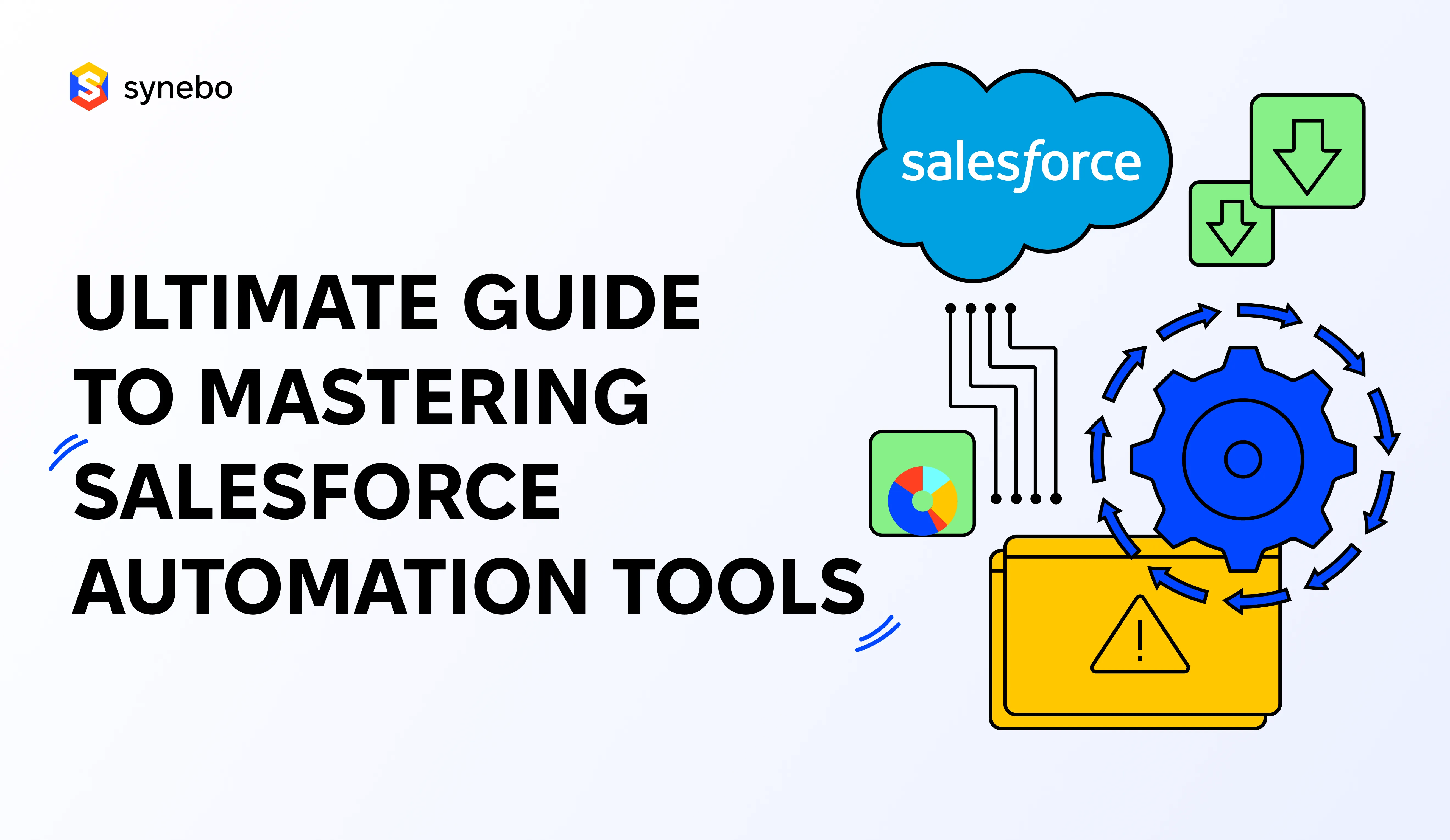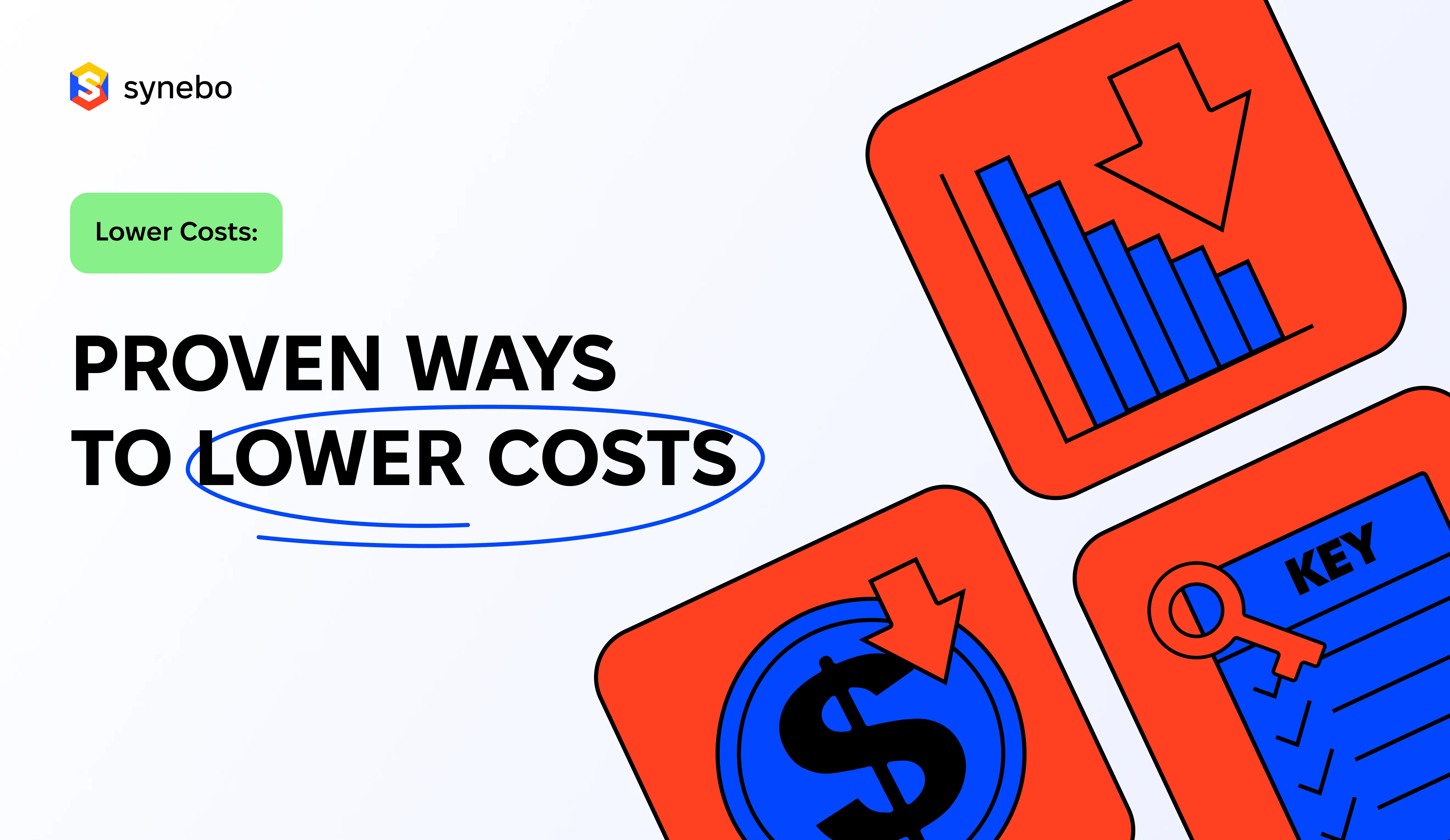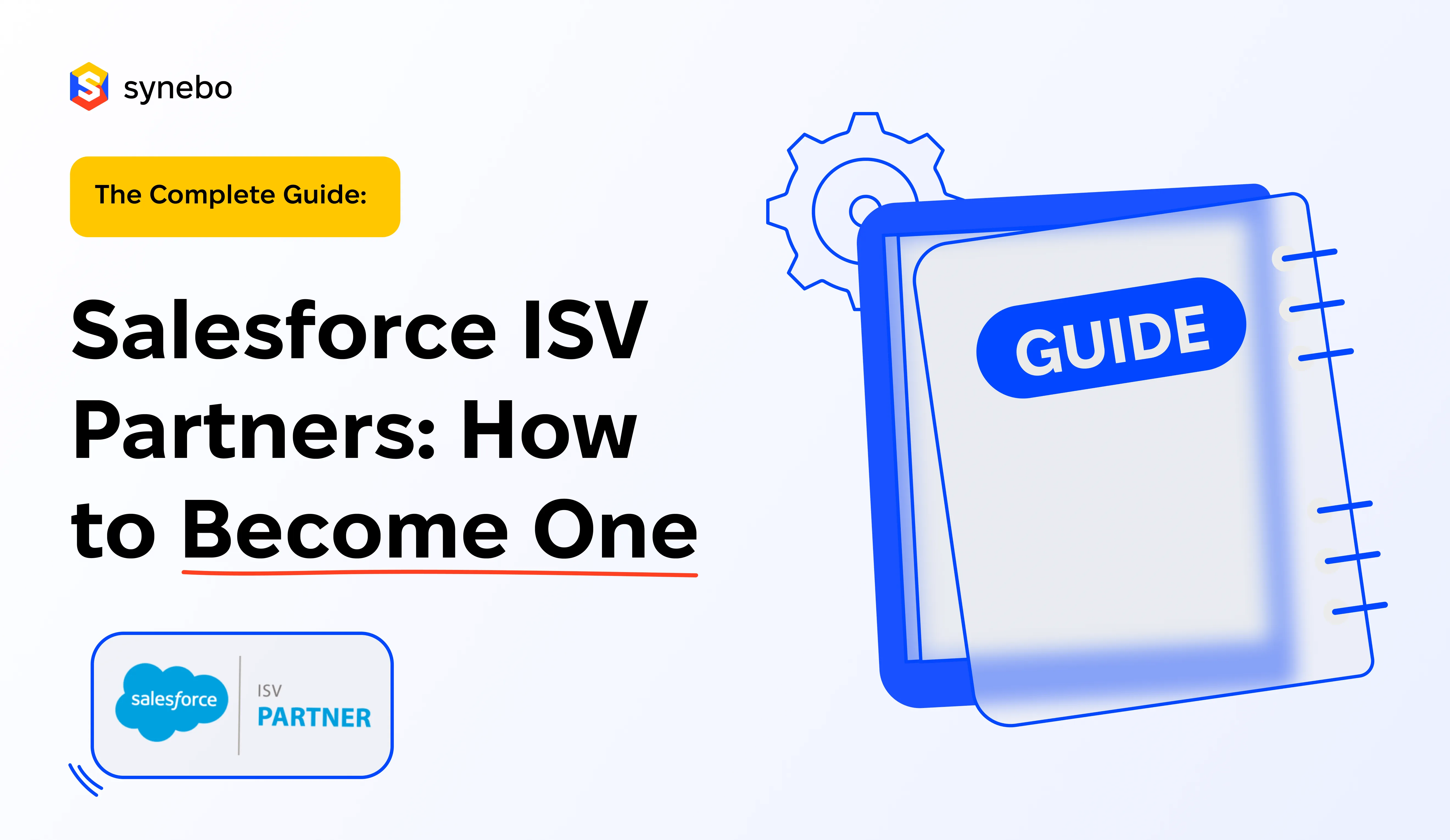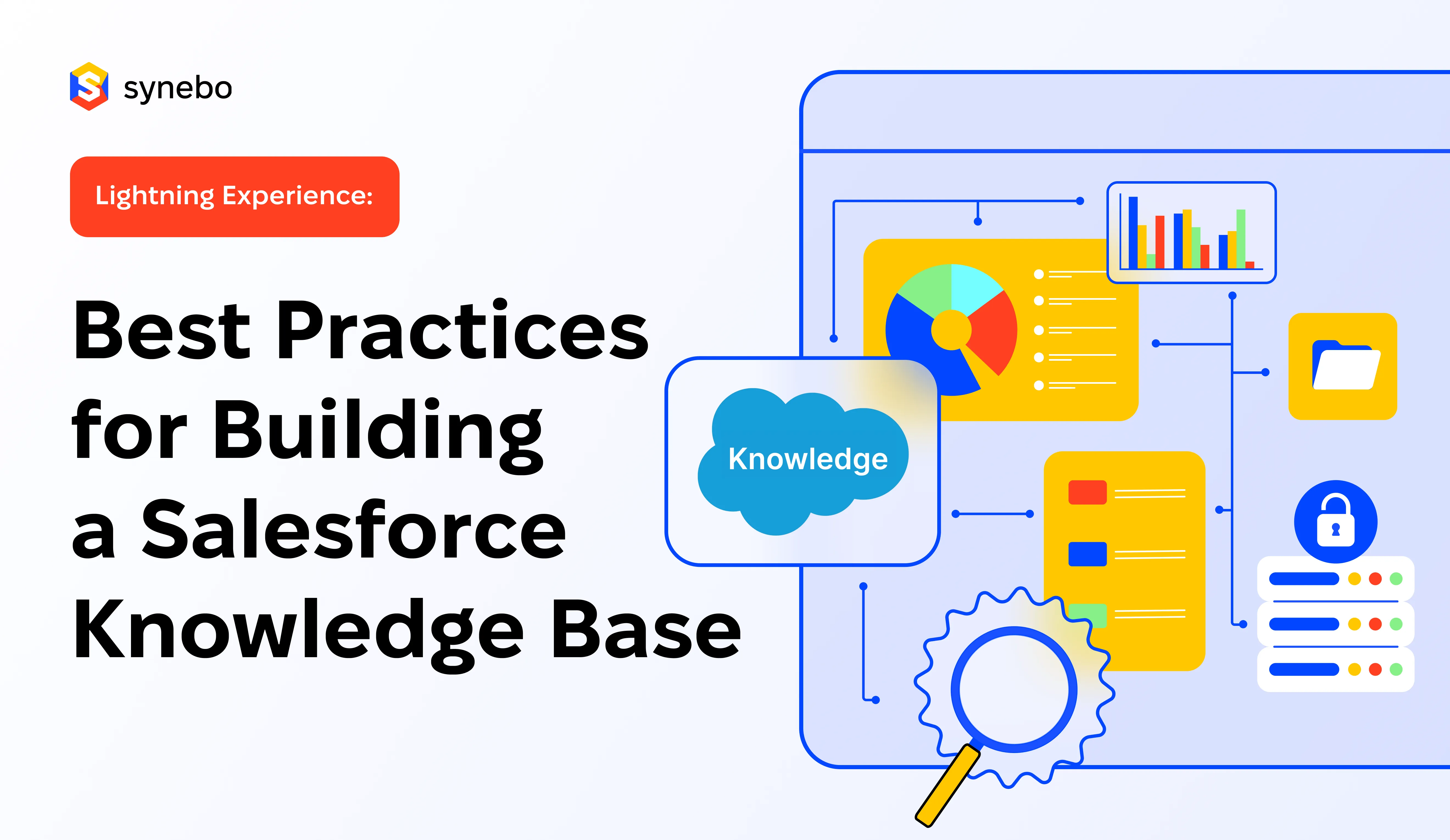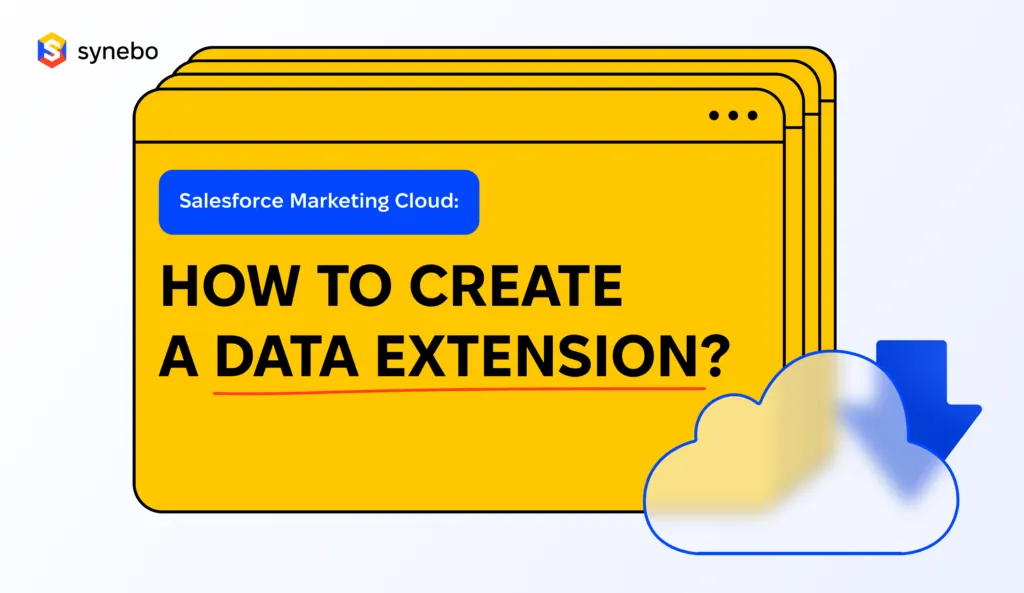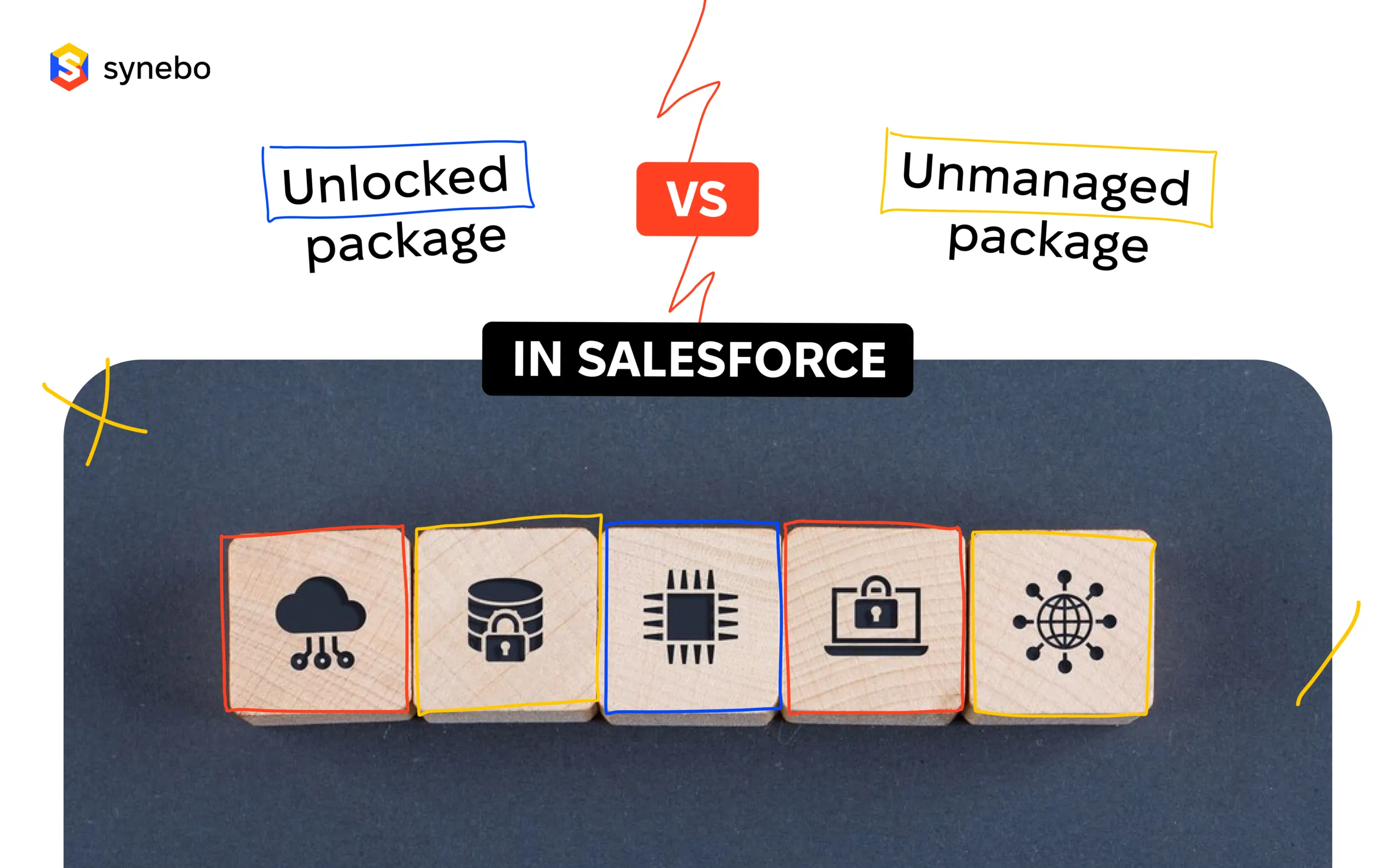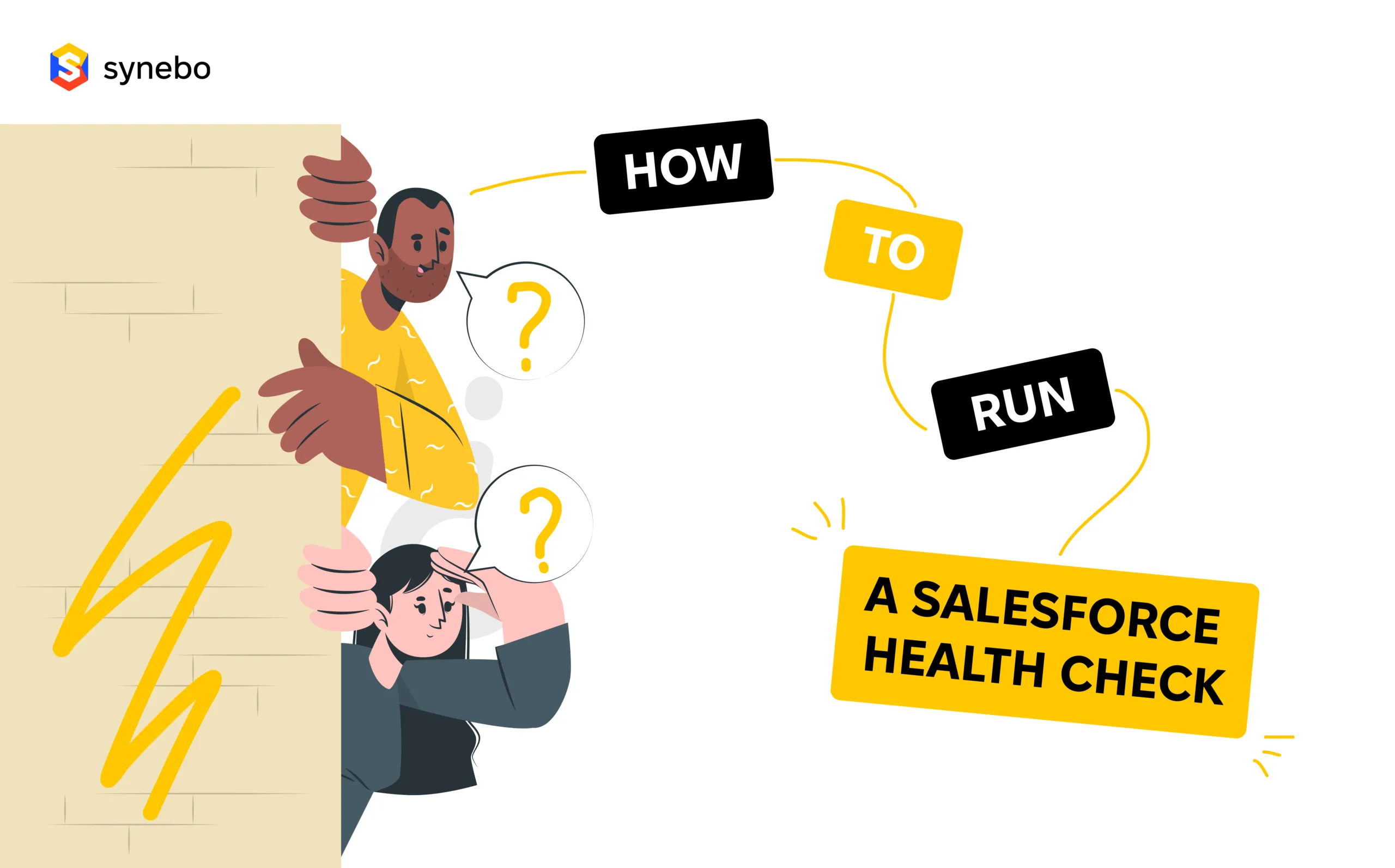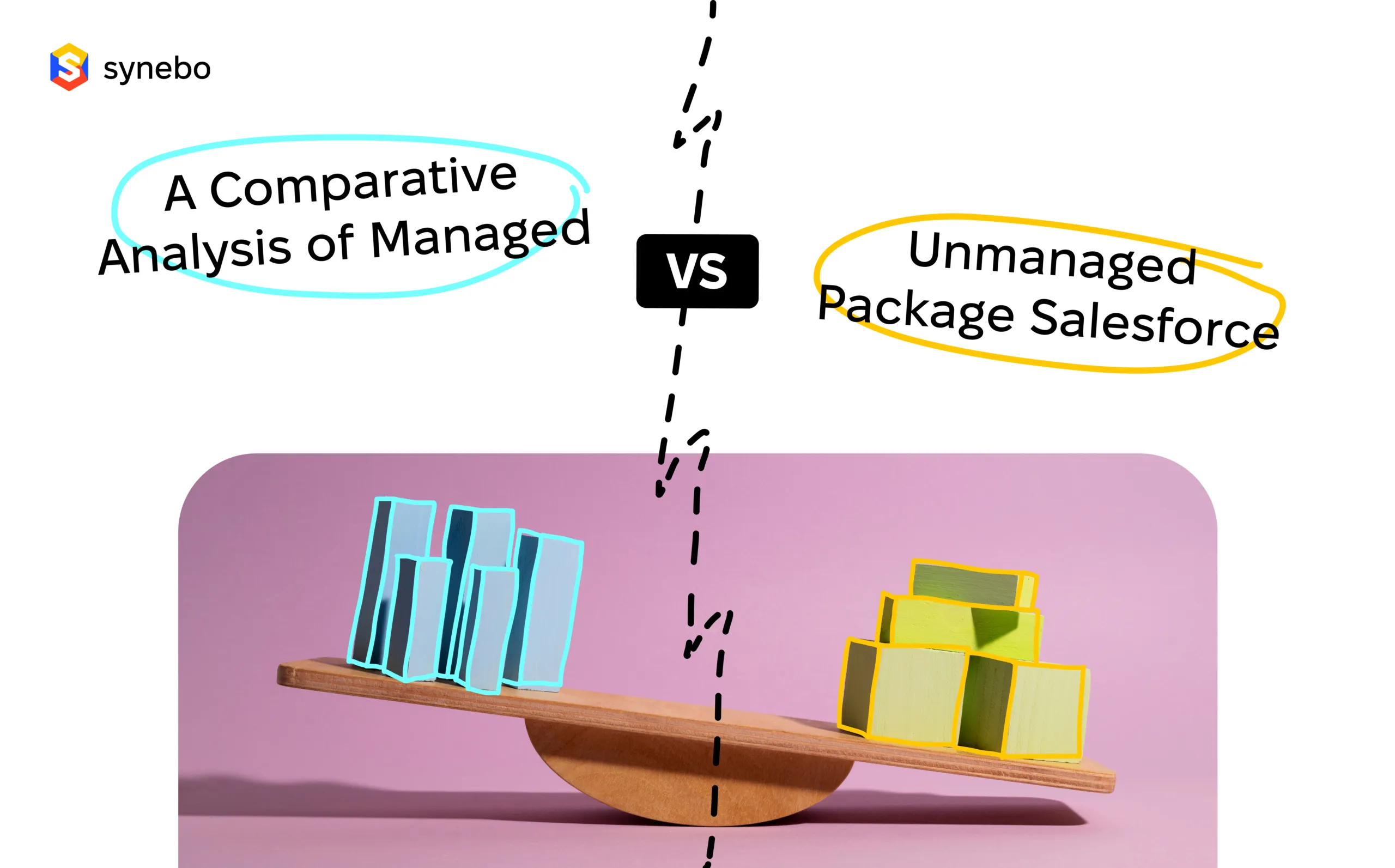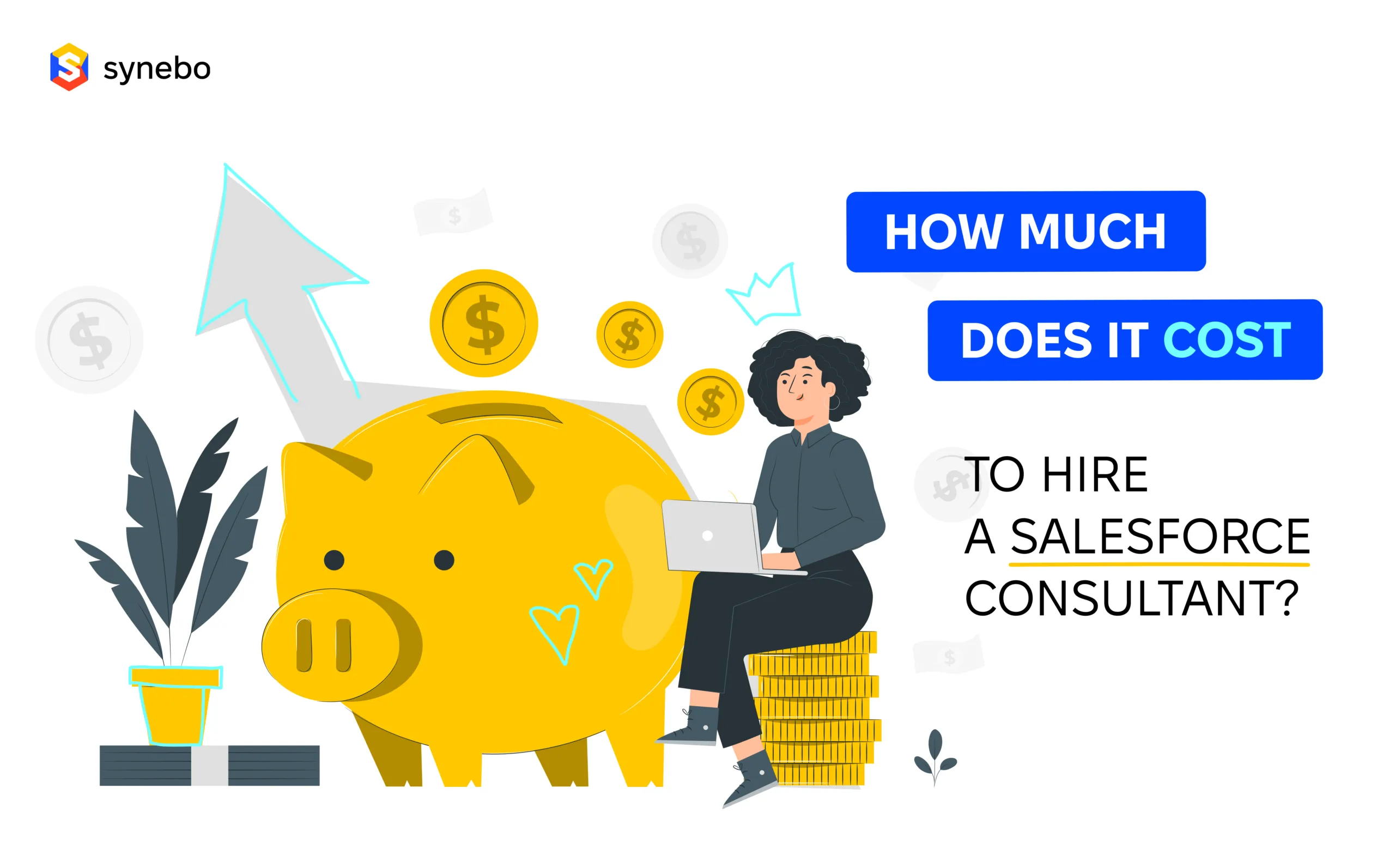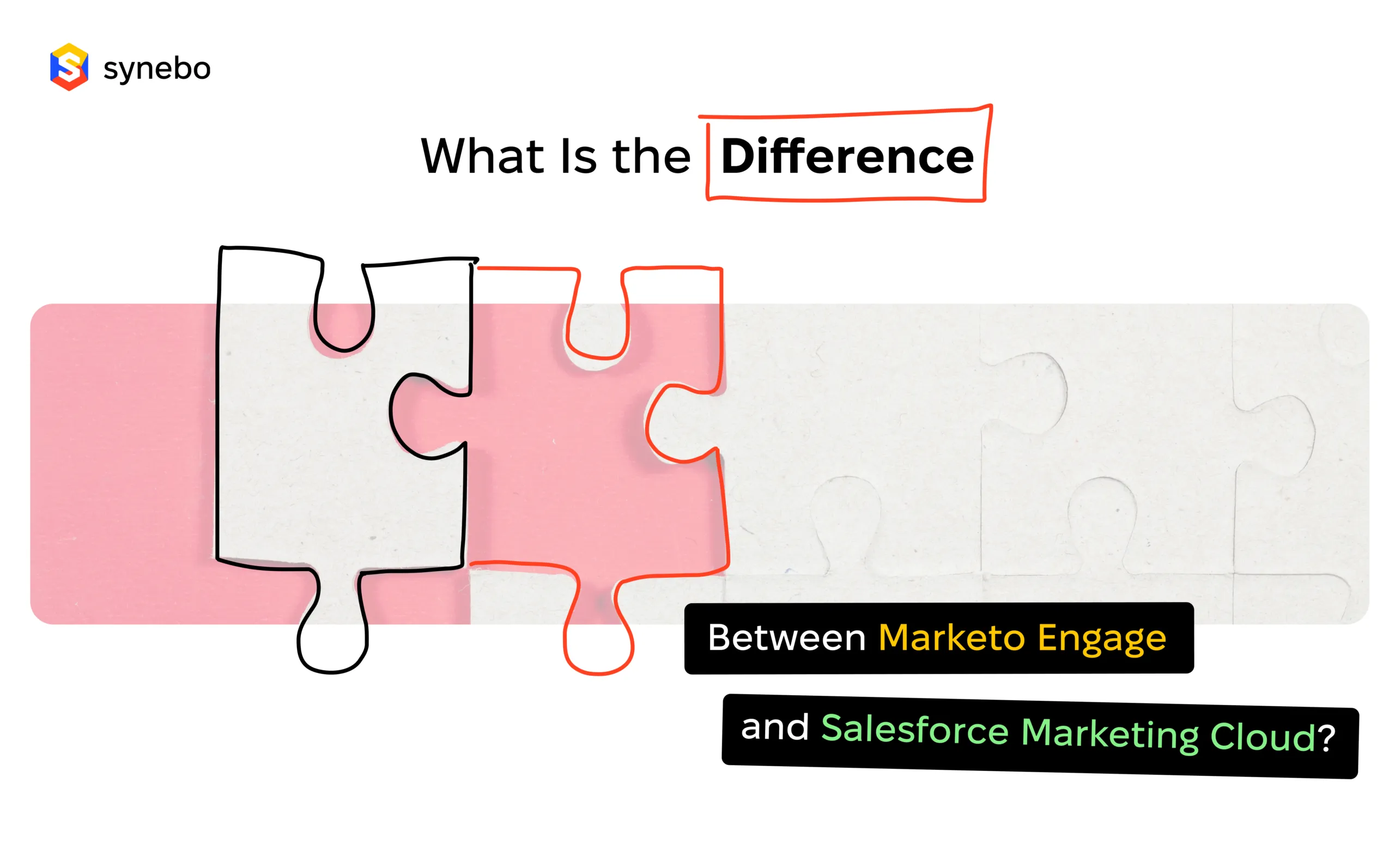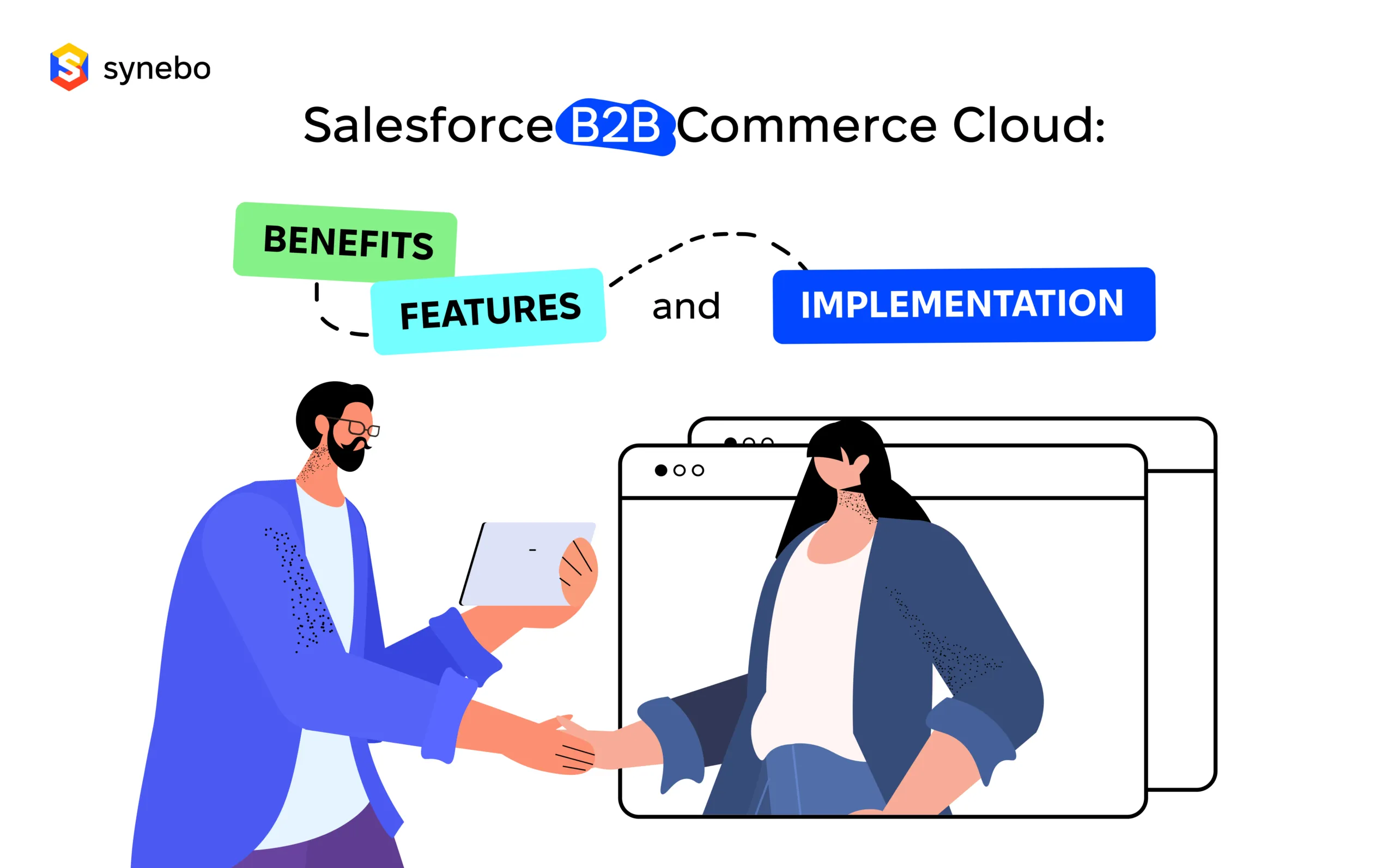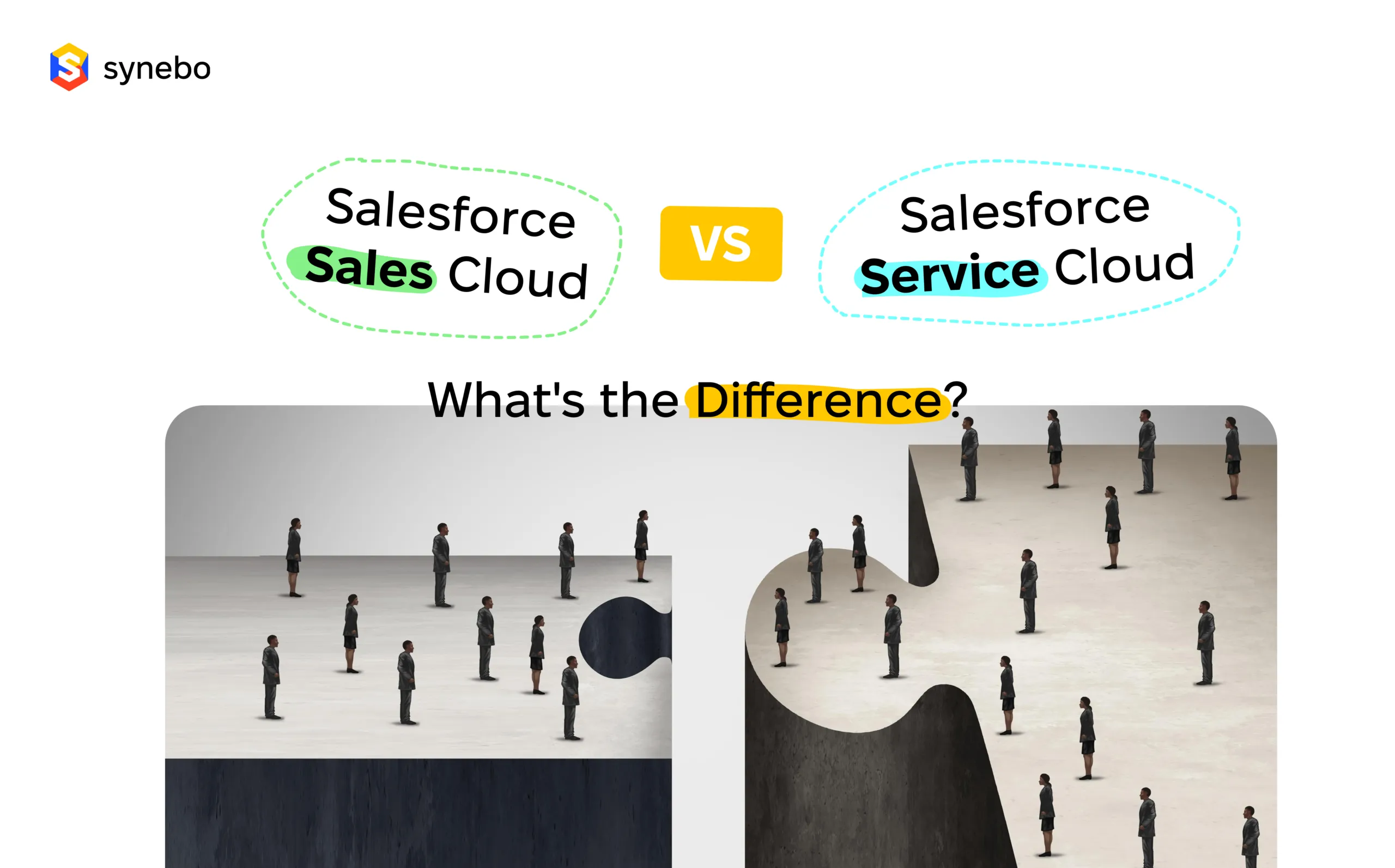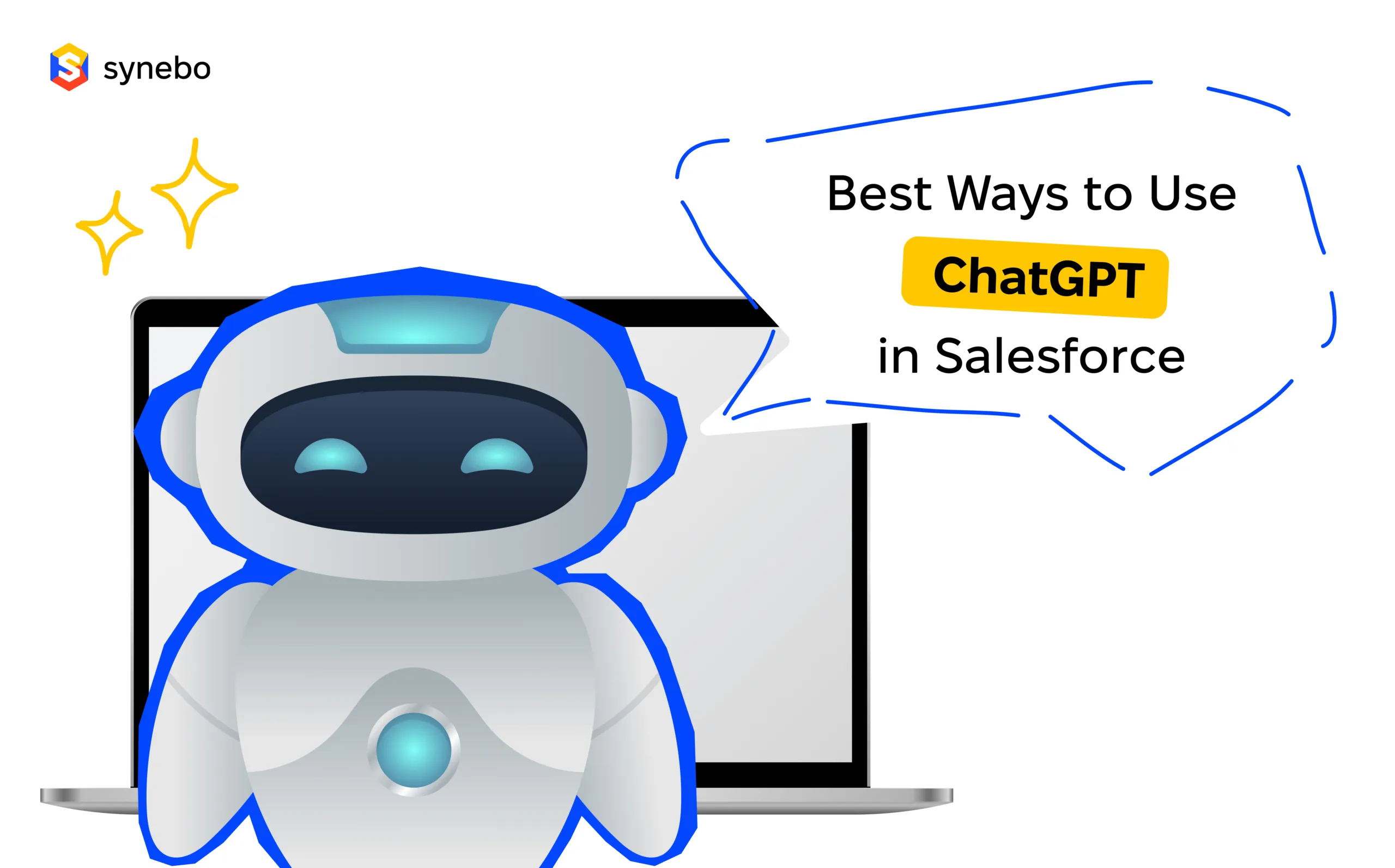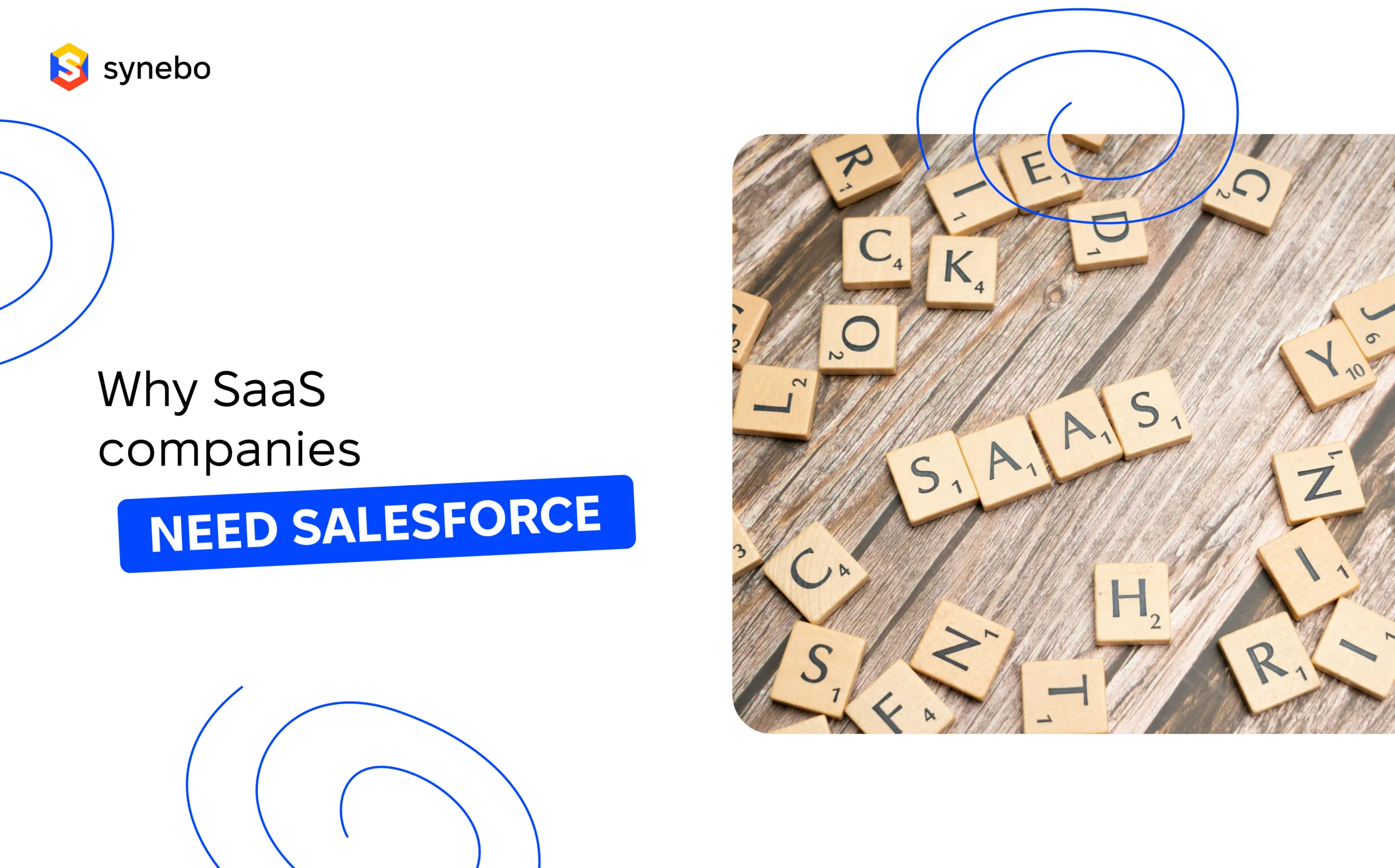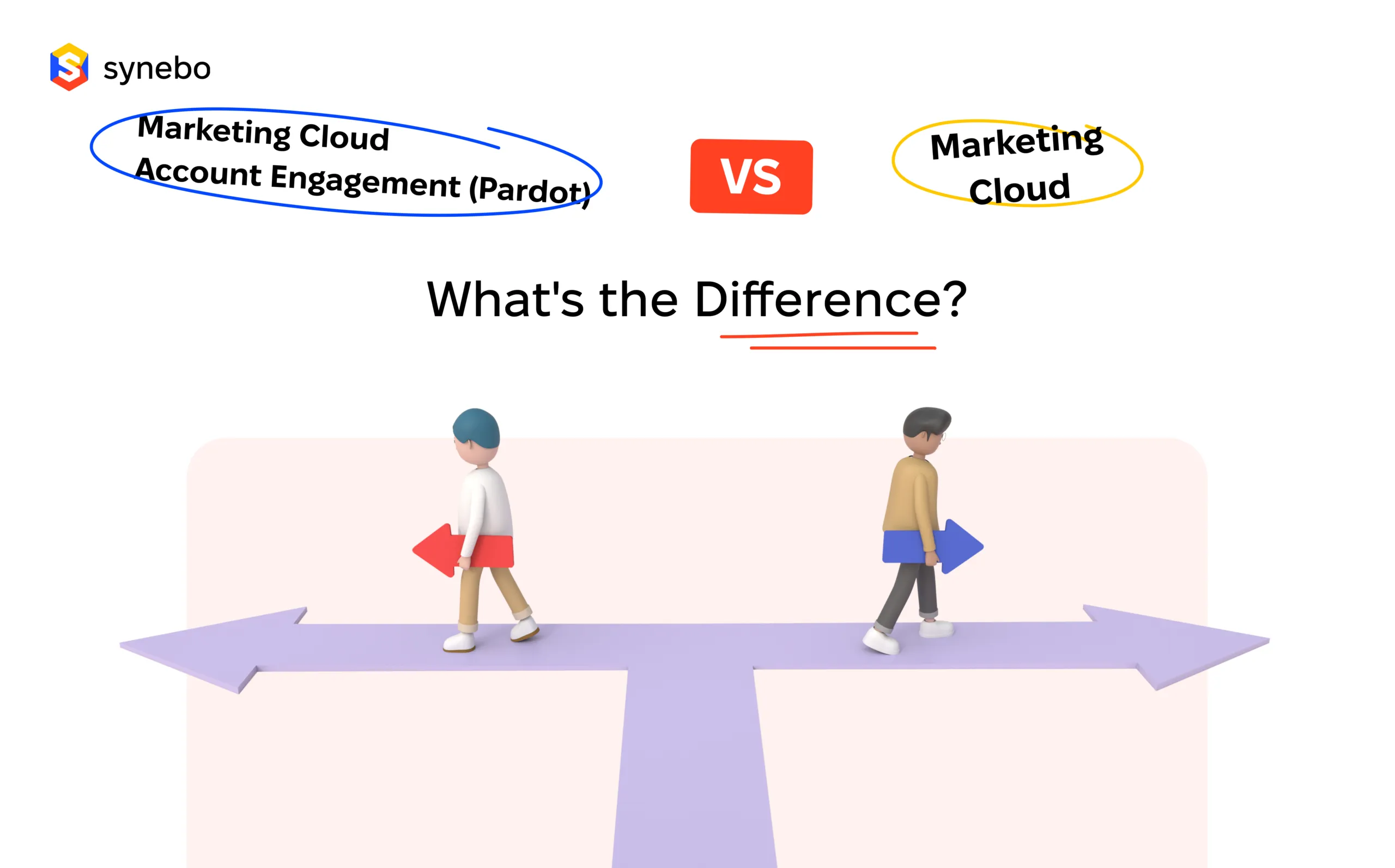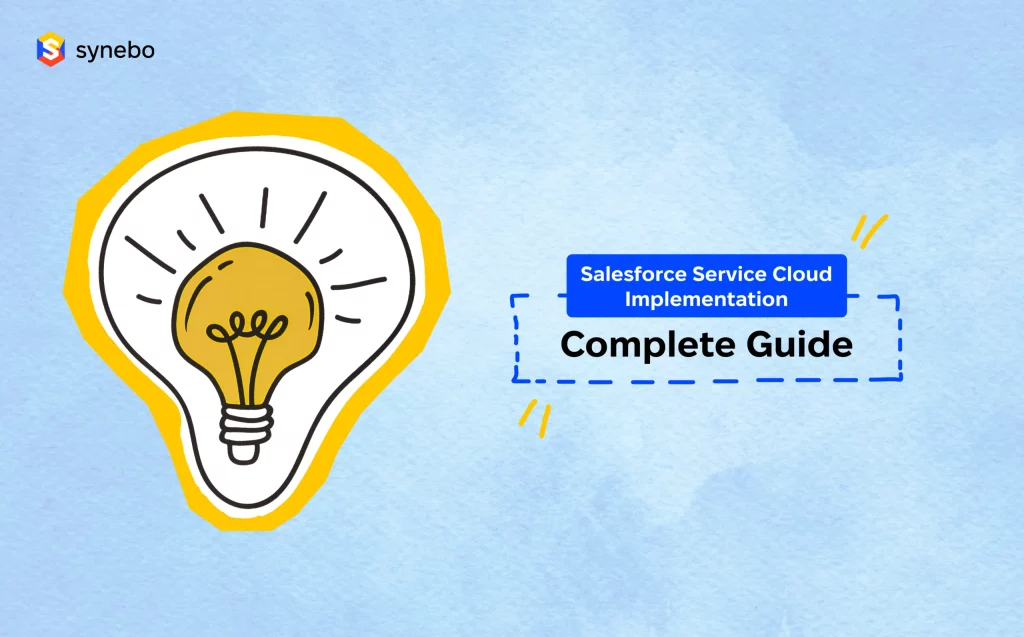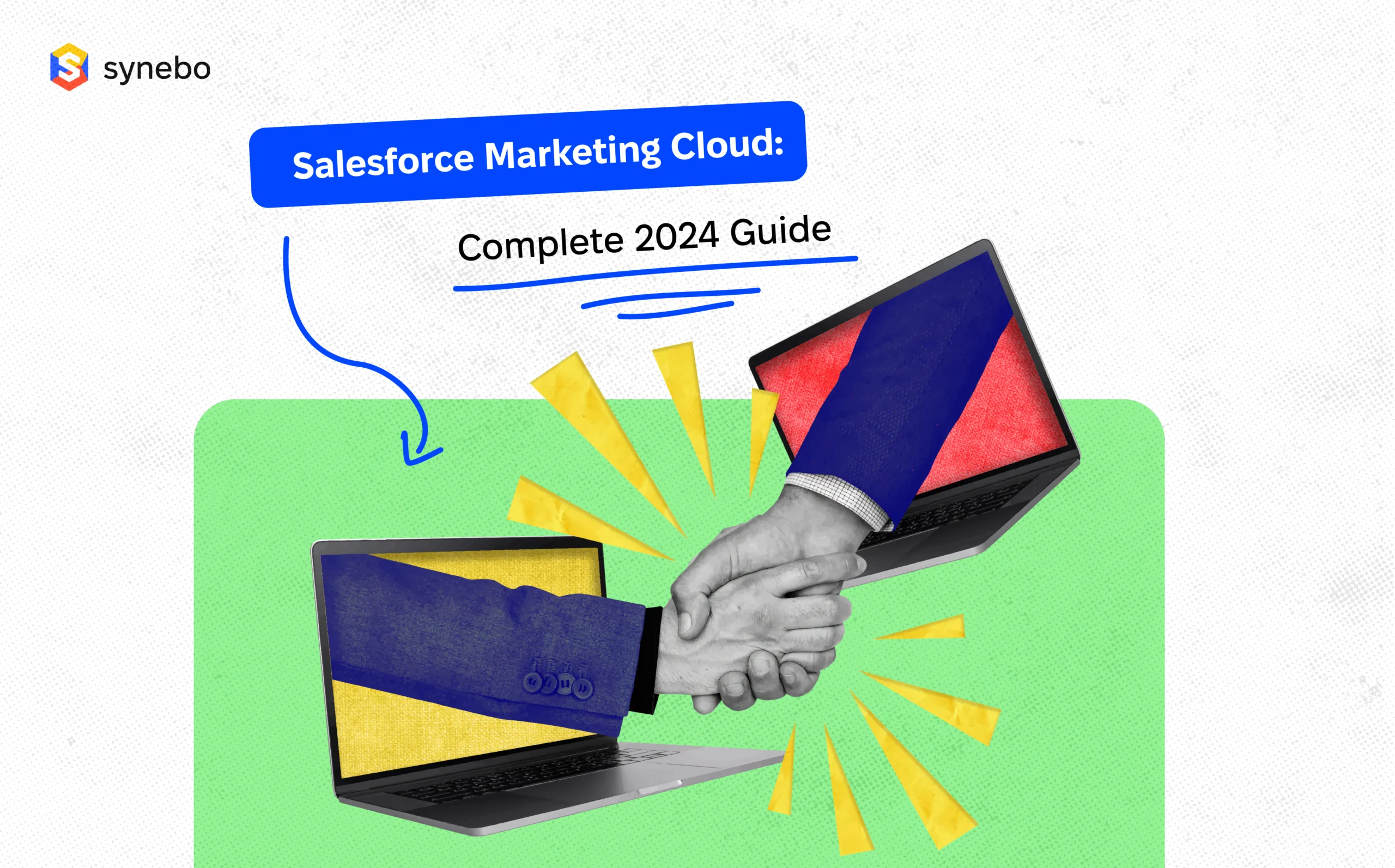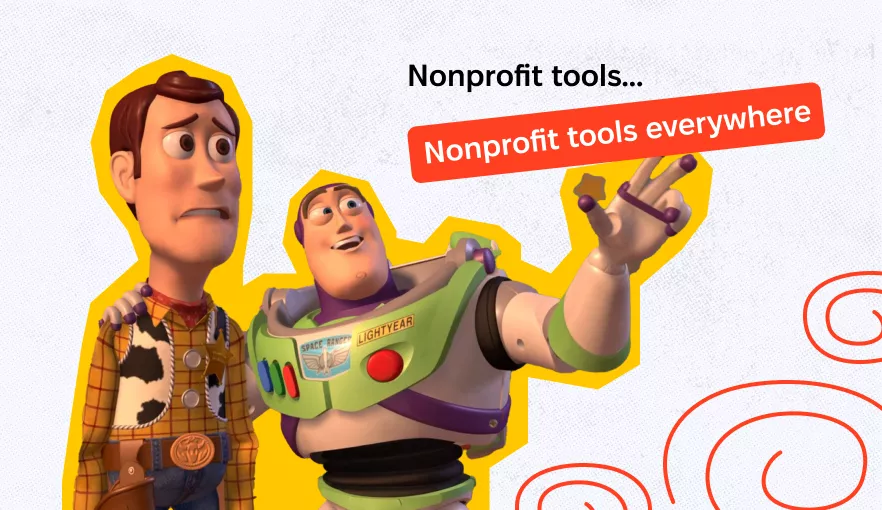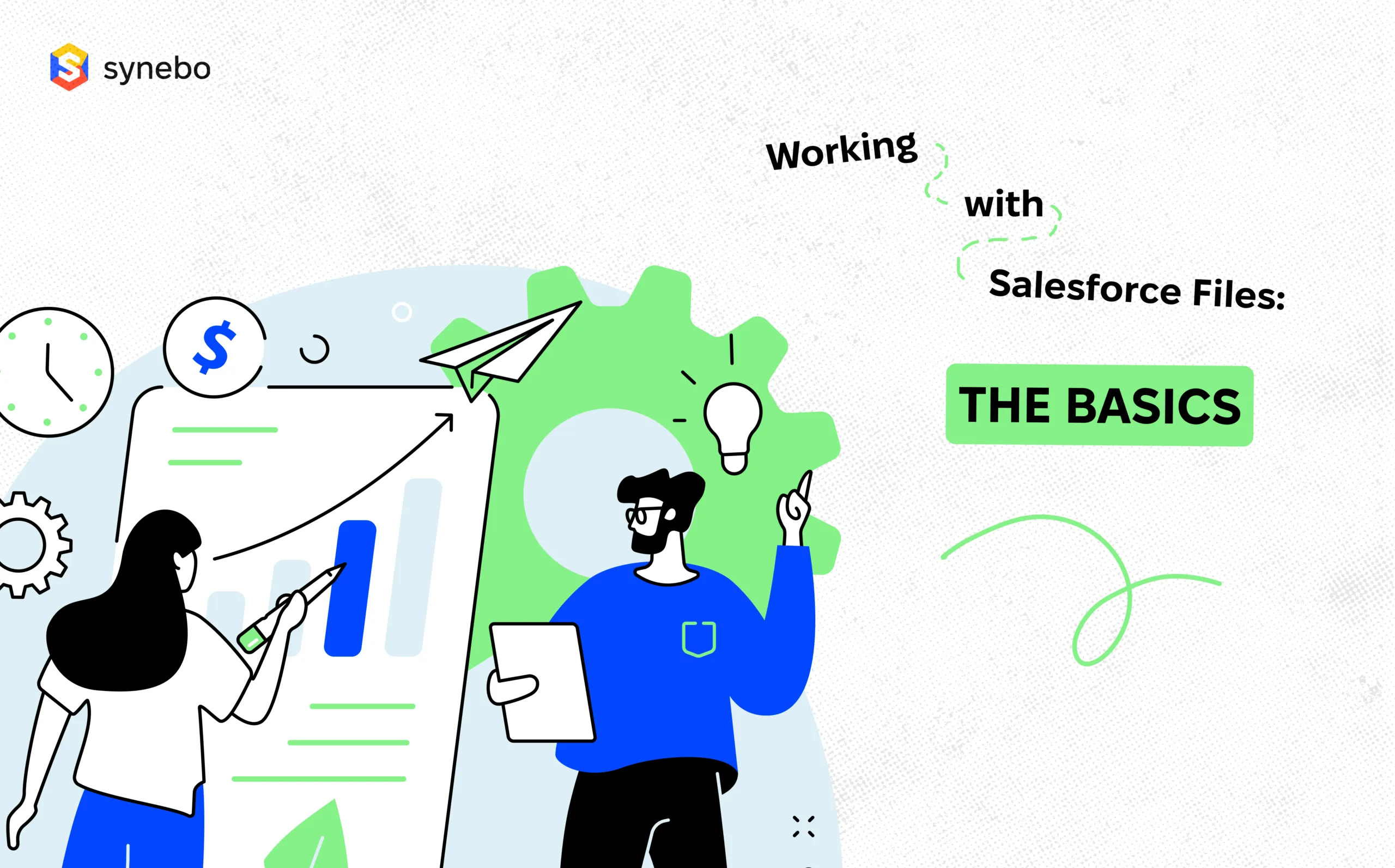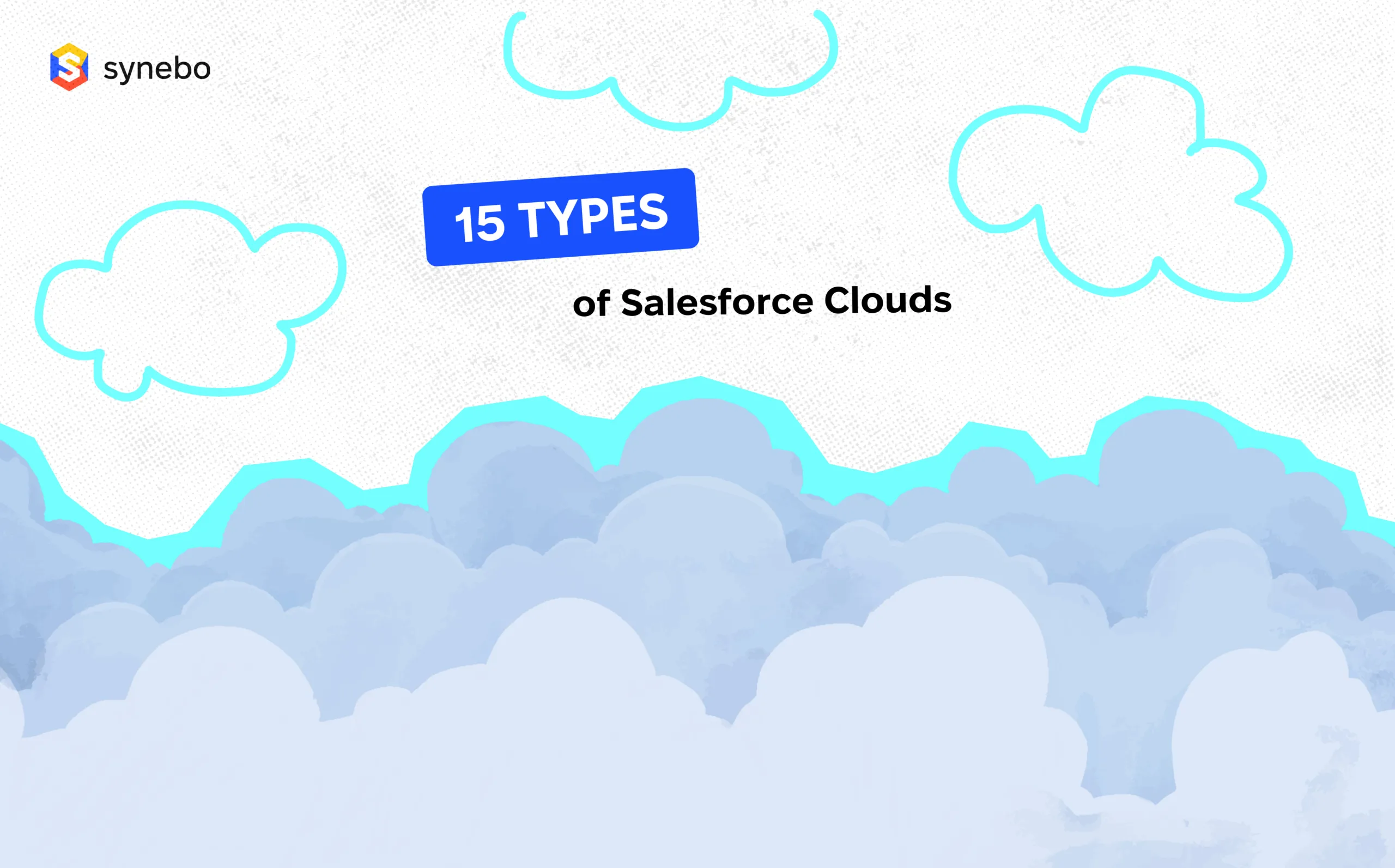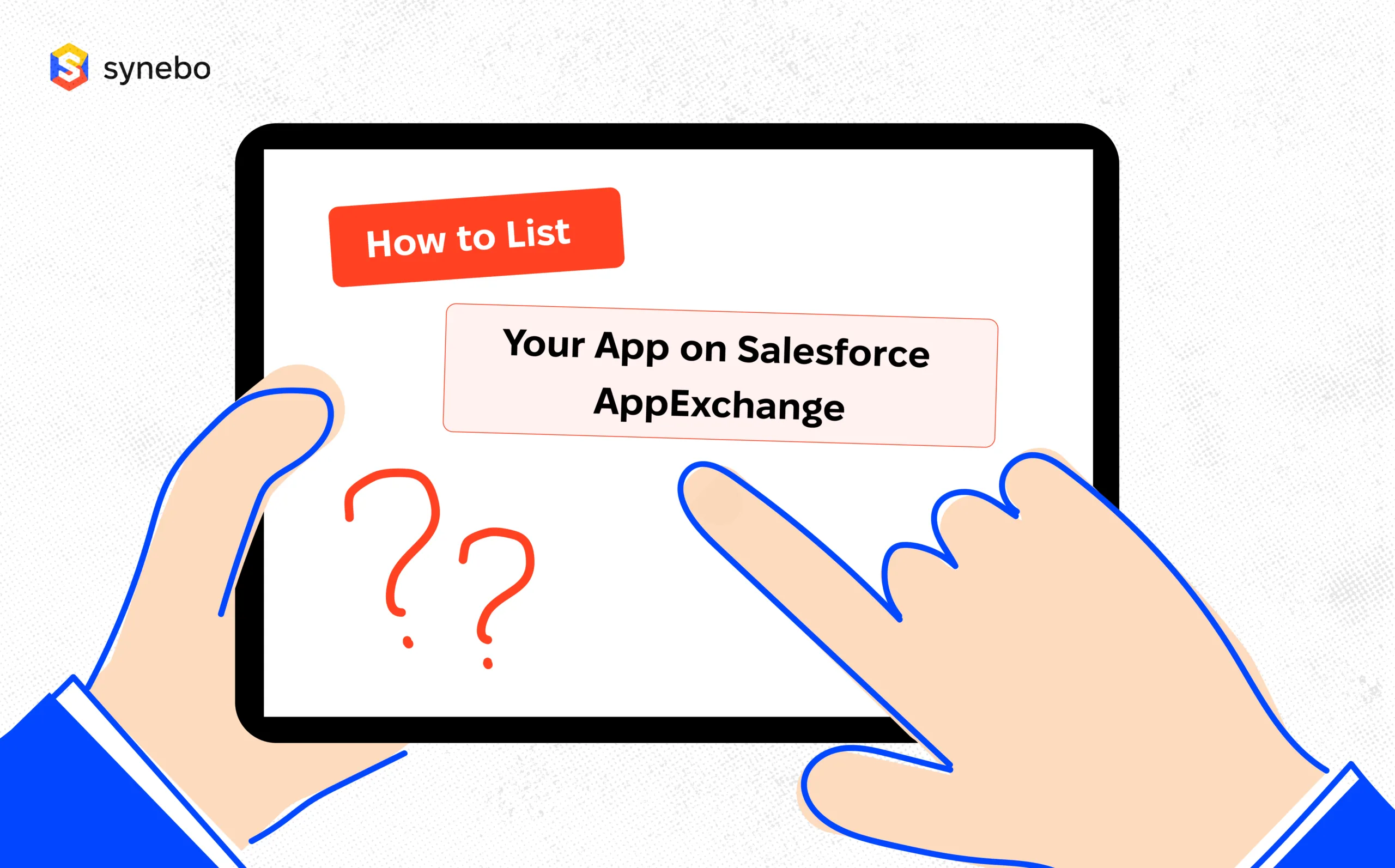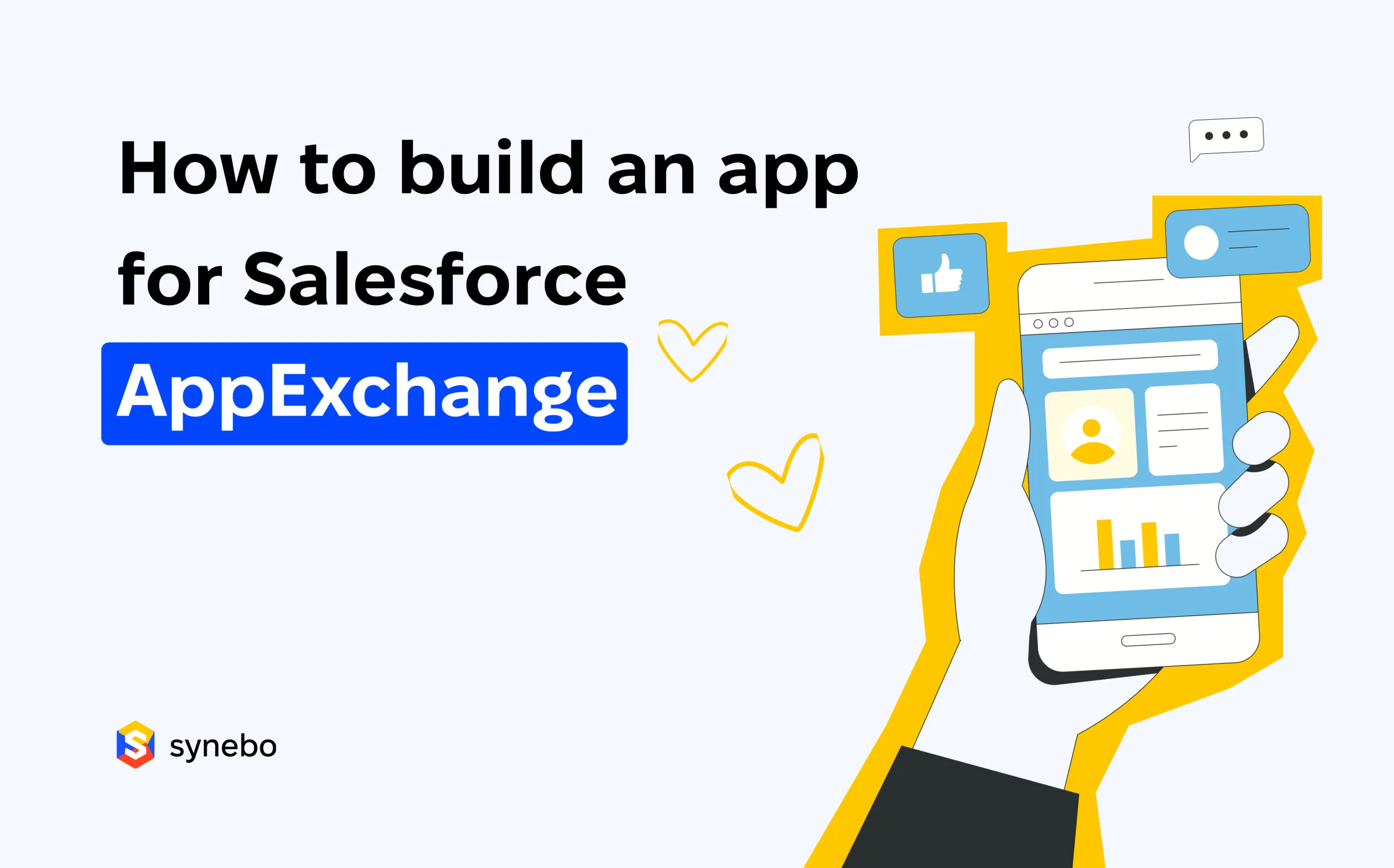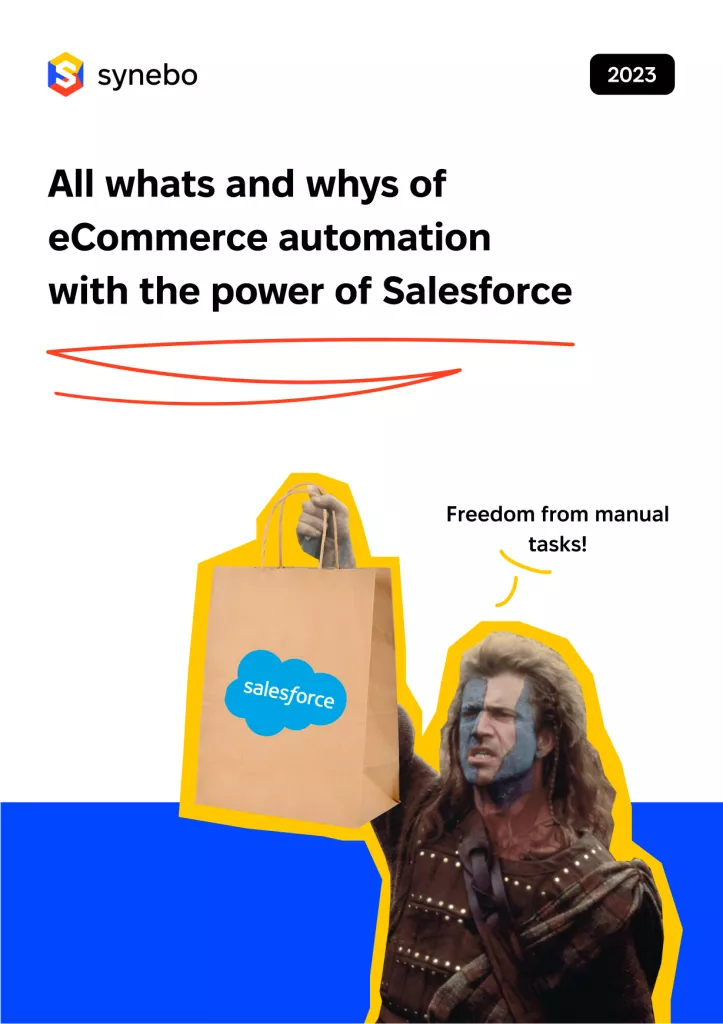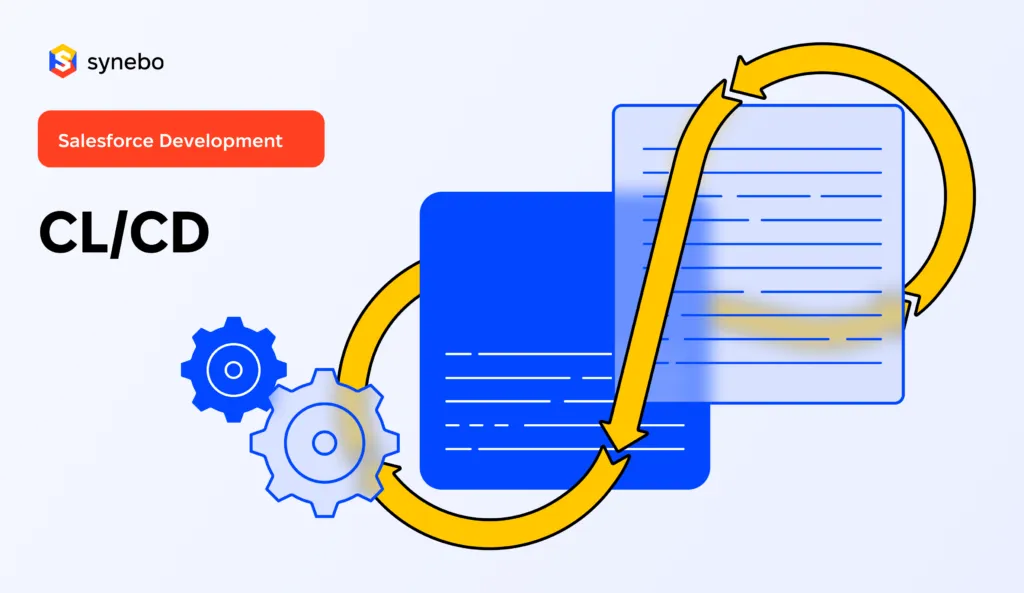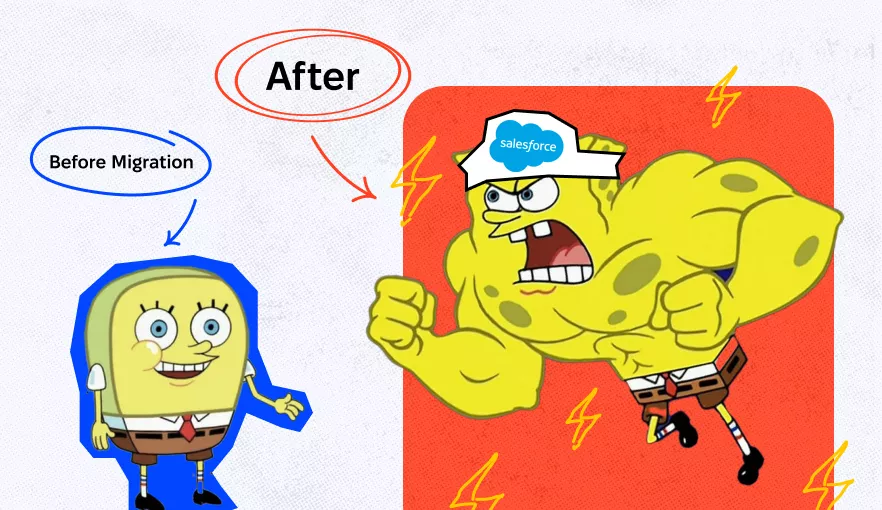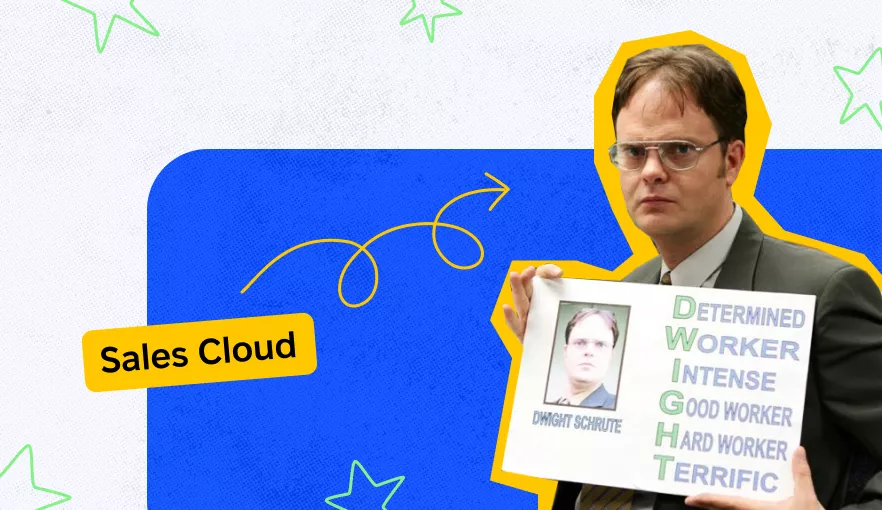Salesforce Implementation: Main Challenges and Best Practices

Today, the importance of having a robust customer relationship management (CRM) system is quite clear. After all, CRM is what enableseffective work processes, enhanced customer interactions, and driven business growth. Salesforce, as a leading CRM platform, should be exactly the solution to most companies’ such needs.
With over 90% of Fortune 500 companies using Salesforce, and 73% user adoption for sales professionals, Salesforce promises significant business advantages upon its implementation.
In this post, you’ll discover why your business needs Salesforce implementation, what are costs, challenges, and risks involved in this initiative, and what the best practices for implementing Salesforce are there.
Why Do You Need to Implement Salesforce?
Implementing Salesforce is a strategic decision for businesses seeking to enhance their CRM capabilities. Salesforce offers a comprehensive suite of tools and features that can offer the following benefits:
- Streamline sales processes
According to a Salesforce report, the implementation of Salesforce Sales Cloud can lead to an average increase of 37% in sales revenue, 45% in sales productivity, and a 43% improvement in forecast accuracy.
- Enhance customer service
A study by Nucleus Research found that companies using Salesforce Service Cloud saw an average increase of 34% in customer satisfaction scores. Additionally, the report highlights a 31% increase in agent productivity.
- Gain business visibility and insights
According to a Salesforce survey, companies using Salesforce Einstein Analytics reported a 48% increase in data-driven decision-making. This improved business visibility and insights lead to more informed and effective strategies
- Scale and adapt CRM to your needs
A Forrester study on the Total Economic Impact of Salesforce found that organizations experienced a 50% reduction in IT maintenance costs by moving to the Salesforce platform, highlighting its scalability and adaptability to changing business needs.
Statistics reveal that it’s beneficial to implement Sales Cloud, Experience Cloud (Community Cloud), Service Cloud, and Marketing Cloud, as this can lead to an increase in sales productivity by 44%, a 35% increase in customer satisfaction, and a 34% decrease in support costs, as well as numerous other value-adding benefits.
Salesforce Implementation Strategy: Self-Managed vs Managed
Probably, you have the business dilemma of choosing between hiring a Salesforce consulting partner or pursuing a self-managed approach to Salesforce implementation. All approaches have their unique specificities making them suitable to different business models and scenarios. Let’s delve deeper into each of them:
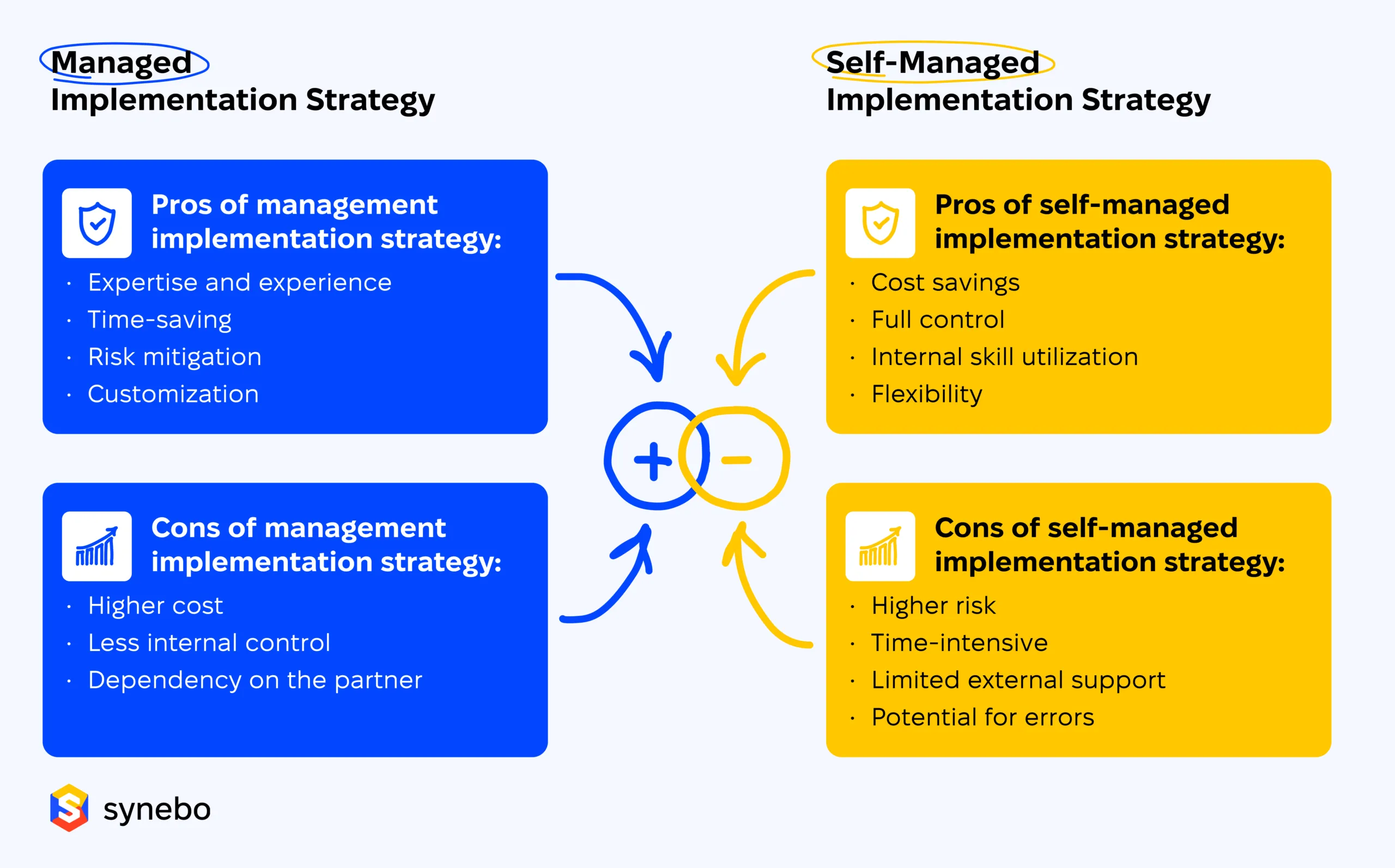
Managed Implementation Strategy
This approach involves a consulting partner taking full responsibility for the Salesforce implementation, from planning to execution and post-deployment support. The partner manages all aspects, ensuring a seamless integration tailored to your business needs.
Pros of management implementation strategy:
- Expertise and experience
- Time-saving
- Risk mitigation
- Customization
Cons of management implementation strategy:
- Higher cost
- Less internal control
- Dependency on the partner
Hybrid Implementation Strategy
A collaborative effort between your team and a Salesforce implementation partner. This strategy combines your internal knowledge with the partner’s expertise to tailor the implementation to your specific requirements while building internal capabilities.
Pros of hybrid implementation strategy:
- Balanced expertise
- Cost-effective
- Enhanced team involvement
- Skill development
Cons of hybrid implementation strategy:
- Coordination required
- Shared responsibilities
- Potential for miscommunication
Self-Managed Implementation Strategy
Primarily led by your internal team with minimal guidance from a Salesforce partner. This strategy is suitable for businesses with sufficient in-house expertise and resources to manage the implementation process.
Pros of self-managed implementation strategy:
- Cost savings
- Full control
- Internal skill utilization
- Flexibility
Cons of self-managed implementation strategy:
- Higher risk
- Time-intensive
- Limited external support
- Potential for errors
While both self-managed and partnered approaches to Salesforce implementation have their advantages, hiring a Salesforce consultant can significantly save time and increase the chances of a successful implementation.
Professional guidance from a Salesforce developer ensures that best practices are followed, common pitfalls are avoided, and the system is customized to meet your specific business needs.
Salesforce Implementation Cost
The cost of implementing Salesforce can vary widely depending on several factors, including the size of the organization, the complexity of the implementation, the specific Salesforce products and features being used, and the level of customization required. Here are some general cost categories to consider:
- Subscription fees
- The scope and complexity of the project
- Number and cost of licenses
- Number and cost of integrations
- Data migration costs
- CRM consulting costs
- User training and adoption costs
- Customization charges
- Maintenance and ongoing costs
The listed costs are attributed solely to technical service and implementation costs.
If you consider partnering with a trusted Salesforce provider for optimal Salesforce implementation outcomes. there will be other costs, impacted by:
- Size and complexity of the project
- Type of employment
- Technical specialization
- Expertise and seniority
- Industry experience
- Location
Important: When implementing Salesforce on a budget, it’s crucial to prioritize your expenses. This approach will help you allocate your resources effectively, ensuring that the most critical needs are addressed first.
If you need a budget-friendly Salesforce implementation, tailored strictly to your business needs, drop Synebo a line and let’s discuss opportunities.
Challenges and Risks Involved in the Salesforce Implementation Process
Implementing Salesforce is a transformative journey that holds the potential to revolutionize businesses across various industries. However, it brings technical complexities. Let’s explore those challenges in detail, empowering businesses to better understand and further navigate the complexities of Salesforce implementation successfully.
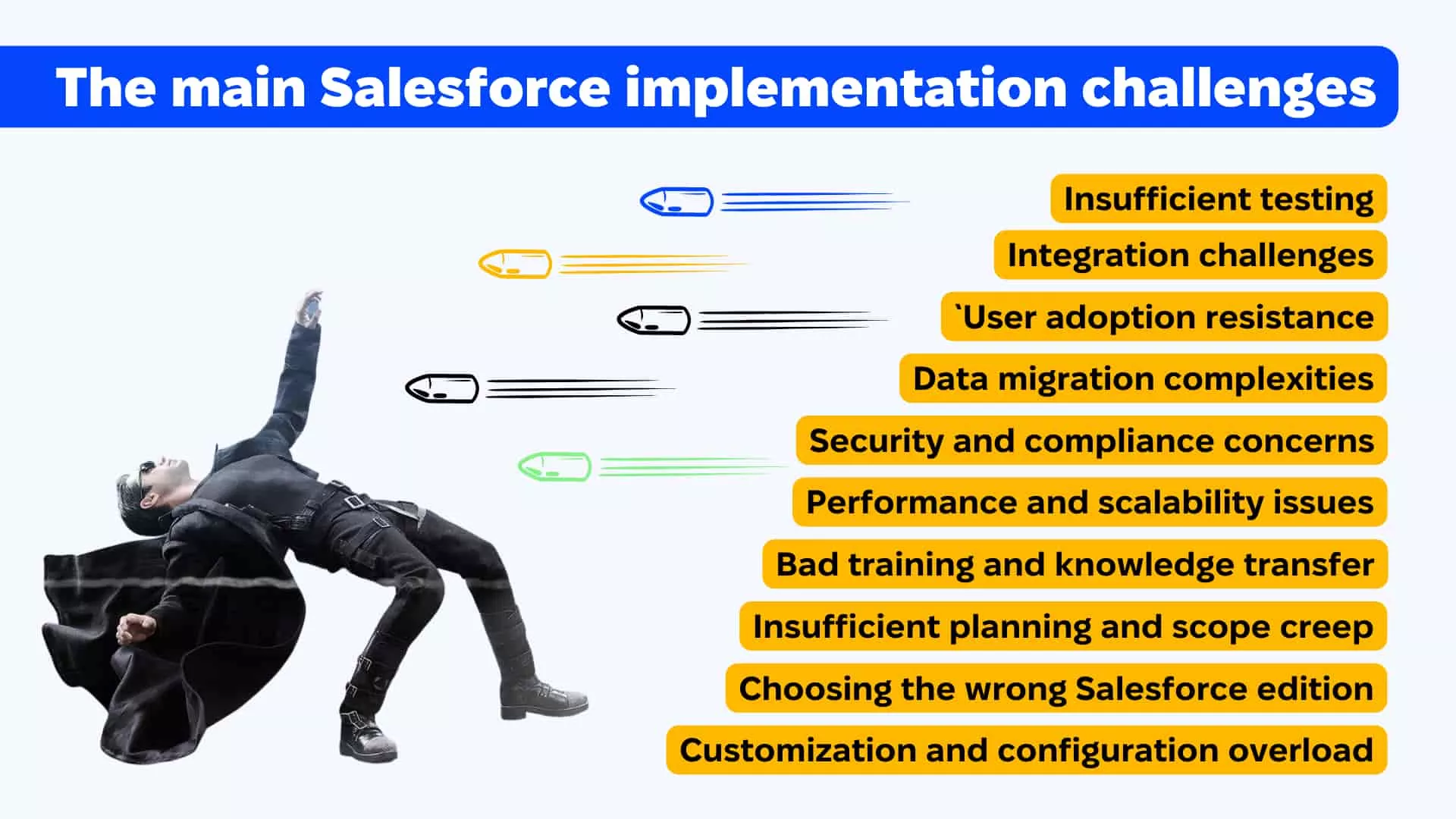
Data Migration Complexities
Data migration refers to the process of transferring existing data from various sources into the Salesforce platform. This task can be pretty intricate, especially if a company has a large volume of data or if the data is stored in different formats and systems.
Challenge example:
If a company has been using spreadsheets, legacy databases, and other software to manage customer information before switching to Salesforce, then transferring all this data into Salesforce while ensuring its accuracy and consistency can be troublesome. For instance, there might be duplicate records, missing data, or data that doesn’t fit into Salesforce’s predefined fields.
User Adoption Resistance
User adoption resistance is a common challenge in Salesforce implementation. Employees may resist using the new platform due to fear of change, lack of familiarity, or concerns about increased workload.
Challenge example:
A sales team accustomed to traditional methods may feel overwhelmed by learning a new interface and adapting to new processes when Salesforce is introduced. This can lead to a lack of enthusiasm for adoption, as some team members may prefer to stick to their old ways.
Insufficient Planning And Scope Creep
Insufficient planning involves a lack of thorough preparation before the implementation process, such as not defining clear objectives or neglecting key stakeholders. Scope creep occurs when the project’s scope expands beyond its original boundaries.
Challenge example:
A company implementing Salesforce for sales processes may experience scope creep when the marketing team also wants to use the platform. Without careful planning and scope management, this expansion can lead to delays and potentially overwhelm the project team. delays in the implementation of the original sales and potentially overwhelm the project team.
Integration Challenges
Integration challenges arise when connecting Salesforce with existing systems and applications within an organization. Ensuring Salesforce works harmoniously with these systems is vital for a unified workflow.
Challenge example:
A company using an ERP system for inventory and financial data may face difficulties integrating it with Salesforce due to different database structures and data formats, making data mapping and synchronization complex.
Customization And Configuration Overload
Customization and configuration overload refers to the risk of excessive changes to the Salesforce platform to suit specific business needs. While Salesforce offers flexibility, excessive customization can lead to unintended consequences.
Challenge example:
A company that extensively customizes Salesforce to fit every process may find the system challenging to maintain and troubleshoot. Future updates from Salesforce may conflict with the customizations, leading to issues and delays.
Security And Compliance Concerns
Security and compliance concerns are crucial when implementing Salesforce, as businesses deal with sensitive customer data and must comply with data protection regulations.
Challenge example:
A healthcare organization implementing Salesforce must comply with HIPAA regulations in the US to safeguard patient information, while a financial institution may need to comply with GDPR in Europe.
Performance And Scalability Issues
Performance and scalability issues can arise during Salesforce implementation as businesses grow and their data and user base expand.
Challenge example:
A fast-growing e-commerce company using Salesforce for customer interactions and order processing may experience system performance degradation as transactions increase, causing delays.
Bad Training And Knowledge Transfer
Effective training and knowledge transfer are essential for a successful Salesforce implementation. Insufficient training can lead to frustration, errors, and inefficiencies.
Challenge example:
If a sales team is not trained effectively on using Salesforce for lead management and customer interactions, they may continue to rely on previous methods, defeating the purpose of implementing the CRM system.
Choosing The Wrong Salesforce Edition
Selecting the right Salesforce edition is critical, as businesses may overestimate or underestimate their requirements, leading to the adoption of an unsuitable edition.
Challenge example:
A small startup with a limited budget might opt for a basic edition that lacks features required for long-term growth, facing challenges when trying to scale their Salesforce usage.
Insufficient Testing
Insufficient testing during Salesforce implementation can lead to undiscovered bugs, errors, or data inconsistencies, impacting business processes and customer satisfaction.
Challenge example:
A sales team might encounter issues when generating quotes or processing orders due to a misconfiguration in the system that was not detected during testing, leading to delays and negative impacts on customer satisfaction.
Best Practices For Salesforce Implementation Process
The challenges list was quite long, huh? However, businesses can take proactive steps to minimize potential challenges and ensure a successful rollout. And here are three essential tips that can pave the way for a smooth and effective implementation.
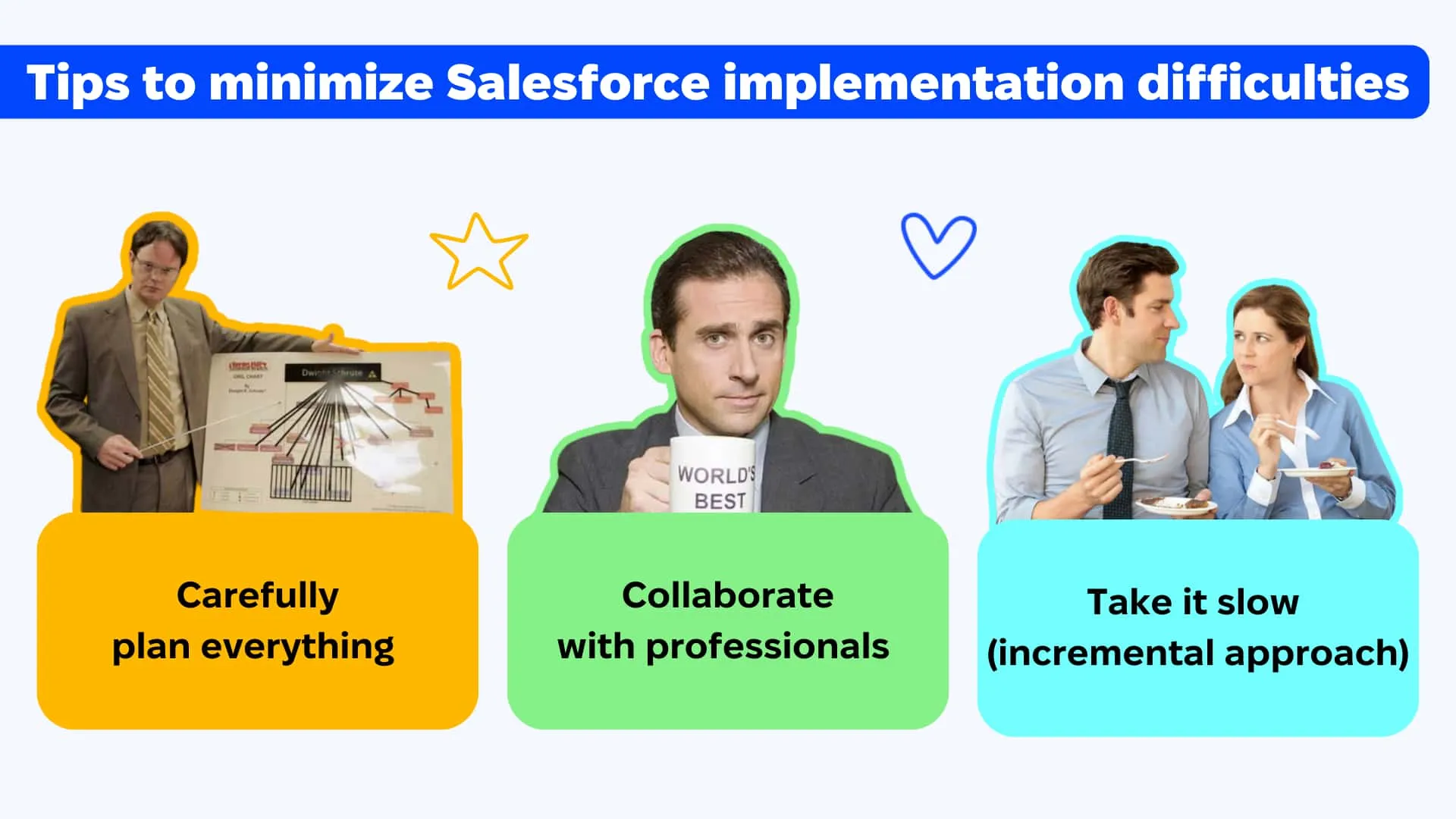
Carefully Plan Everything
Thorough planning is crucial for a successful Salesforce CRM implementation. Setting clear objectives and a structured plan ensures a unified direction and reduces confusion.
What to do: Outline detailed stages with timelines and define success metrics like improved response times to track progress and effectiveness.
Collaborate With Professionals
Partnering with experienced Salesforce consultants, like Synebo, enhances the chances of success. Experts can tailor the solution to fit the business perfectly and provide ongoing support.
What to do: Work with Synebo or another expert partner to customize Salesforce, minimizing risks and ensuring a smooth implementation.
Take It Slow (Incremental Approach)
Gradually introducing Salesforce allows employees to adapt without feeling overwhelmed, leading to better adoption. Continuous improvement based on feedback ensures the system evolves with the business.
What to do: Start by implementing Salesforce in one department, gather feedback, and make adjustments before expanding to other areas.
Looking for a company to help establish and implement best Salesforce practices? Drop Synebo a line and let’s discuss!
After exploring potential challenges and offering strategies, we see the need for a roadmap, providing step-by-step guidance to navigate the implementation journey confidently. By following the path outlined by Synebo experts, you can avoid common obstacles and achieve your goals.
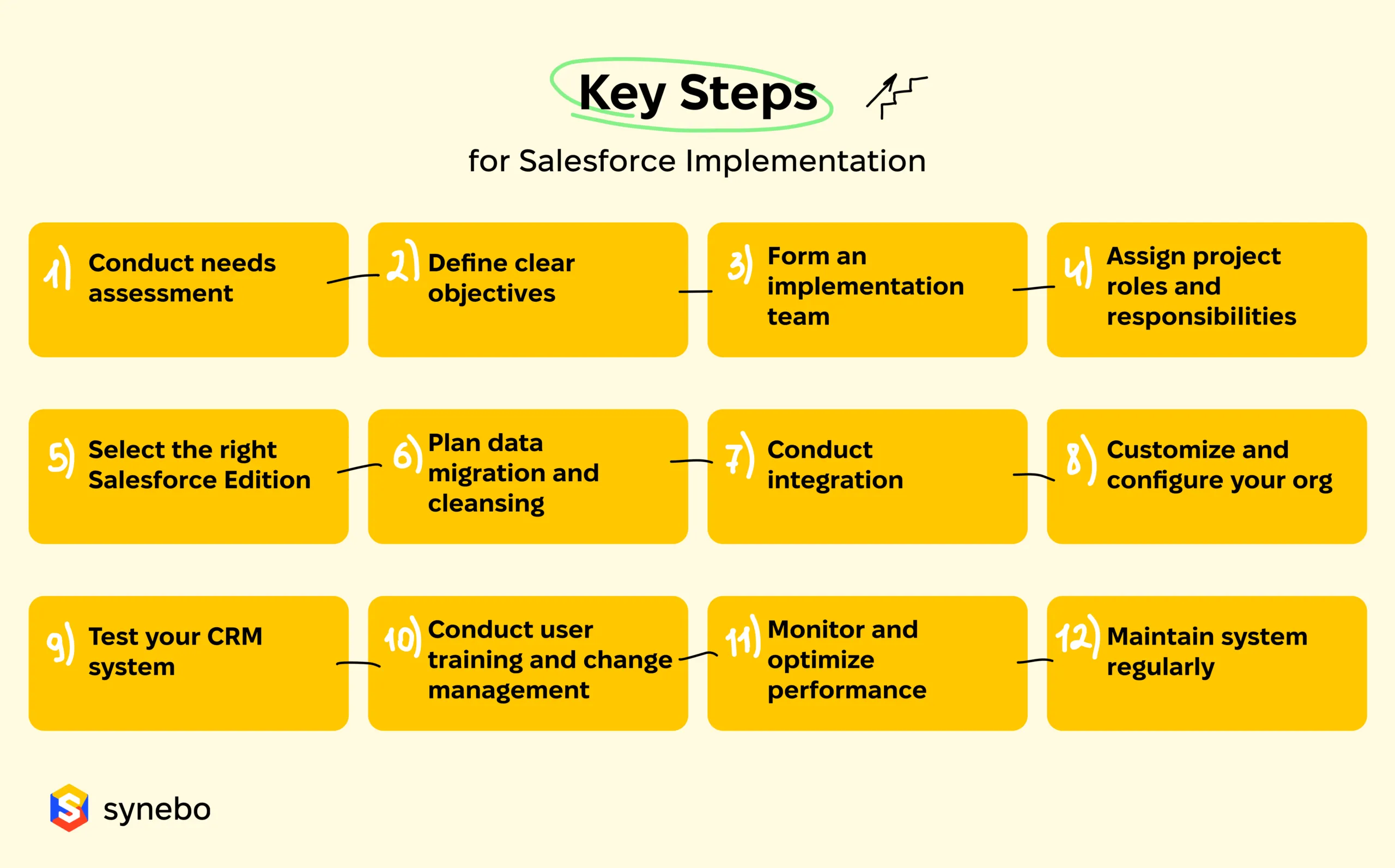
Conduct needs assessment
Perform a thorough needs assessment to identify pain points and areas for improvement. Engage with end-users, such as sales representatives or customer support agents, to understand their workflows and challenges.
Define clear objectives
When implementing Salesforce, start by setting clear objectives that align with your organization’s goals. For example, if you’re a healthcare provider, your objective might be to improve patient care coordination and streamline appointment scheduling.
Form an implementation team
Assemble a team of individuals from different departments to ensure diverse perspectives and expertise. This team will work together to make informed decisions and ensure that Salesforce meets the needs of all stakeholders.
Assign project roles and responsibilities
Clearly define roles and responsibilities for each team member involved in the implementation. Assign specific tasks to individuals, such as data migration or user training, to ensure accountability and efficiency.
Select the right Salesforce edition
Choose the Salesforce edition that best fits your organization’s size and requirements. For instance, a small retail business may opt for Salesforce Essentials, while a larger enterprise may choose Salesforce Enterprise.
Plan data migration and cleansing
Before migrating data to Salesforce, conduct data cleansing to remove duplicates and ensure data accuracy. For example, a real estate agency can clean up contact records to avoid sending duplicate communications to clients.
Conduct integration
Establish connections between Salesforce and other essential systems or applications. Plan the integration to ensure smooth data flow and synchronization. For example, an e-commerce business might integrate Salesforce with its online store to automate order processing and customer data management.
Customize and configure your org
Customize Salesforce to match your organization’s unique processes and terminologies. Create custom fields and page layouts to streamline workflows. For example, a manufacturing company can customize Salesforce to track production schedules and inventory.
Test your CRM system
Conduct thorough testing to identify and resolve any issues before launching Salesforce. Involve end-users in the testing process to ensure Salesforce meets their needs and expectations.
Conduct user training and change management
Invest in comprehensive training to ensure successful user adoption. Create training sessions tailored to different user roles, and provide ongoing support. Implement change management strategies to minimize resistance and foster enthusiasm among employees.
Monitor and optimize performance
Regularly monitor system performance to identify areas for improvement. Use monitoring tools to track user activity and system response times. Optimize Salesforce to ensure smooth operations and user satisfaction.
Maintain system regularly
Implement regular maintenance and updates to ensure a stable and reliable Salesforce environment. Schedule data backups, conduct system checks, and address any issues proactively to prevent disruptions.
While there are many more nuances and milestones involved, this step-by-step roadmap should be instrumental in defining the basic Salesforce CRM implementation journey for you to follow.
Final Take
Implementing Salesforce is a complex endeavor that requires careful planning and execution. However, with the right strategy and expert guidance, businesses can successfully navigate the challenges and fully leverage the capabilities of this powerful CRM platform. Equipped with our practical tips and a detailed implementation roadmap, you can now undertake a Salesforce project with confidence.
For many businesses, requesting Salesforce implementation services will be the right call, as the expertise and experience of external Salesforce development companies can yield project outcomes at a better investment-to-value ratio. Consider Synebo as your trusted partner for Salesforce implementation or another Salesforce-related project. Reach out to Synebo now, and let’s discuss opportunities for your business!









